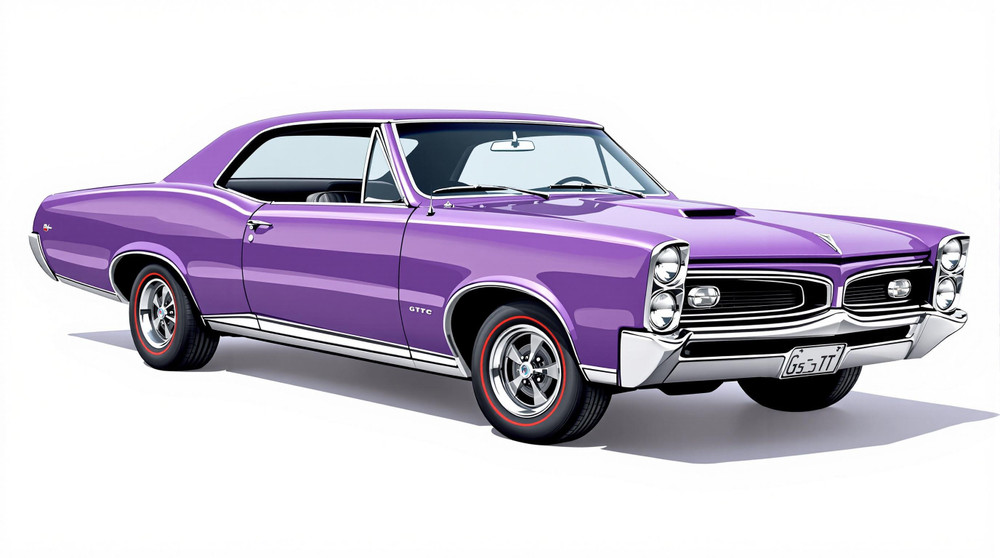Image of 1967 Pontiac Gto, Note: These illustrations use artistic license and may differ from actual historical models.
Performance Metrics
Fundamental Metrics
Emotional Appeal
MMP Rating
| Engine Specifications | |
|---|---|
| Engine: | 400 CID V8 |
| Displacement: | 400 cu in (6.6 L) |
| Horsepower: | 335-360 HP |
| Torque: | 441-480 lb-ft |
| Compression Ratio: | 10.75:1 |
| Ignition System: | Electronic Ignition |
| Cooling System: | Water-cooled |
| Performance Specifications | |
| 0-60 Time: | 6.5 seconds |
| 1/4 Mile Time: | 14.5 seconds |
| Top Speed: | Estimated 115 mph |
| Transmission and Drive | |
| Drive Type: | Rear-wheel drive |
| Transmission Type: | 3-speed automatic, 4-speed manual |
| Fuel and Efficiency | |
| Fuel System Type: | Carburetor |
| MPG: | Estimated 10-12 mpg |
| Dimensions and Brakes | |
| Brakes: | Front disc, rear drum |
| Wheelbase: | 115 inches |
| Weight: | 3,600 lbs |
Note: Specifications for classic cars are given to the best of our ability, considering the limited and variant data available.
Introduction
The 1967 Pontiac GTO stands as a towering testament to American muscle, an emblem of raw power and stylish design that captured the hearts of enthusiasts and stamped its authority on the automotive landscape. Born from the ambitious minds at Pontiac, a division of General Motors, this iconic vehicle emerged during a time when performance and personality were paramount. The GTO, which initially stood for "Gran Turismo Omologato," was a moniker that hinted at grandeur and racing pedigree. It was a car that not only defined an era but also revolutionized the muscle car segment with its bold approach to power and aesthetics. One unique fact that sets the '67 GTO apart is its cameo in the 1970s hit movie "Two-Lane Blacktop," cementing its place in pop culture.
Design and Innovation
With its long hood, short deck, and aggressive stance, the 1967 Pontiac GTO exuded confidence from every angle. The split grille front end, flanked by stacked headlights, became a signature look that was both menacing and magnetic. Inside, the cabin offered a blend of comfort and sportiness, with contoured bucket seats and an optional wood-grain steering wheel. The quality of materials—from soft vinyl to plush carpeting—spoke of luxury without compromising the car's athletic character.
The '67 GTO was ahead of its time with features like an energy-absorbing steering column and optional front disc brakes. Color options ranged from dignified to daring, with hues like Tyrol Blue, Regimental Red, and Linden Green catching buyers' eyes. Of all body styles available—the hardtop, the convertible, and the sports coupe—it was the hardtop that became synonymous with the GTO legend.
Historical Significance
The GTO's impact on automotive design is undeniable; it broke away from conservative norms and set new benchmarks for performance vehicles. Its introduction of a larger 400 cubic inch V8 engine in '67 set it apart from its contemporaries and laid down a challenge that others scrambled to meet. This car didn't just follow trends—it created them.
Performance and Handling
Underneath the hood roared a 335-horsepower V8 engine that could launch the GTO from 0-60 mph in just 6.6 seconds—a figure that commanded respect on both street and strip. Top speeds were in excess of 120 mph, making it one of the fastest cars of its time. On winding roads or over uneven surfaces, the heavy-duty suspension system provided resilience and control. Behind the wheel, drivers were treated to an exhilarating symphony of engine growls and exhaust notes—a visceral reminder of the power at their command.
Ownership Experience
The 1967 Pontiac GTO was versatile enough to serve as a daily driver yet distinguished enough for weekend show events or even sanctioned racing. Maintenance was straightforward for those with mechanical knowledge, though some components could be costly due to their performance nature.
Fun Facts
The '67 GTO had its share of quirks; for instance, there were rare dealer-installed options like hood-mounted tachometers that are highly sought after today. Celebrity ownerships have included names like Nicholas Cage, adding to its allure. While it faced criticism for fuel economy—a common trait among muscle cars—its charisma was undeniable.
Collector's Information
Today's collector market values a well-maintained '67 GTO between $30,000 for models in good condition to well over $75,000 for concours-quality examples or rare configurations. With approximately 81,722 units produced in 1967 alone, they are not exceedingly rare but finding one in pristine condition can be challenging. The value trajectory has been appreciating steadily as nostalgia fuels demand for this quintessential muscle car.
Conclusion
The 1967 Pontiac GTO remains an indelible icon that transcends generations—a testament to innovation, style, and performance that continues to captivate enthusiasts around the globe. Its legacy is not just preserved in showrooms or private collections but lives on in the rumble of its engine and the stories it inspires on every open road.
1967 Pontiac Gto Catalog of Parts
 1967 Pontiac GTO Door Lock Pillar Seal-ALP 5000Door Lock Pillar Seal. Used on lower leading edge of quarter window. Highly detailed, made with steel cores. Pair R&L
1967 Pontiac GTO Door Lock Pillar Seal-ALP 5000Door Lock Pillar Seal. Used on lower leading edge of quarter window. Highly detailed, made with steel cores. Pair R&L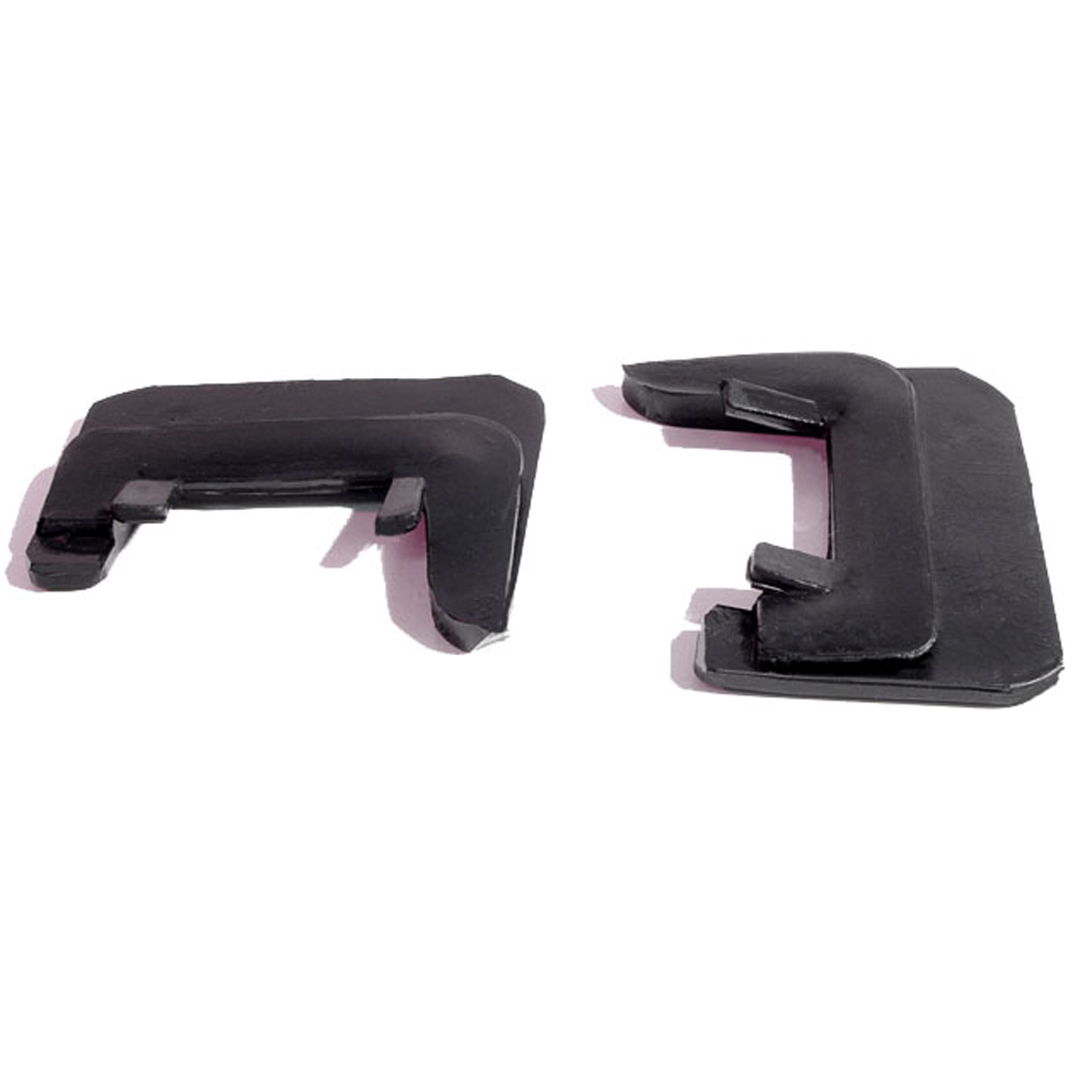 1967 Pontiac GTO Rear Quarter Window Seal for Convertibles. Pair-ALP 5500Rear Quarter Window Seal for Convertibles. Pair
1967 Pontiac GTO Rear Quarter Window Seal for Convertibles. Pair-ALP 5500Rear Quarter Window Seal for Convertibles. Pair 1967 Pontiac GTO Shock Absorber Grommet. 1" bottom O.D., 3/4" high-BN 1Shock Absorber Grommet. 1" bottom O.D., 3/4" high., with 7/16" I.D. Each
1967 Pontiac GTO Shock Absorber Grommet. 1" bottom O.D., 3/4" high-BN 1Shock Absorber Grommet. 1" bottom O.D., 3/4" high., with 7/16" I.D. Each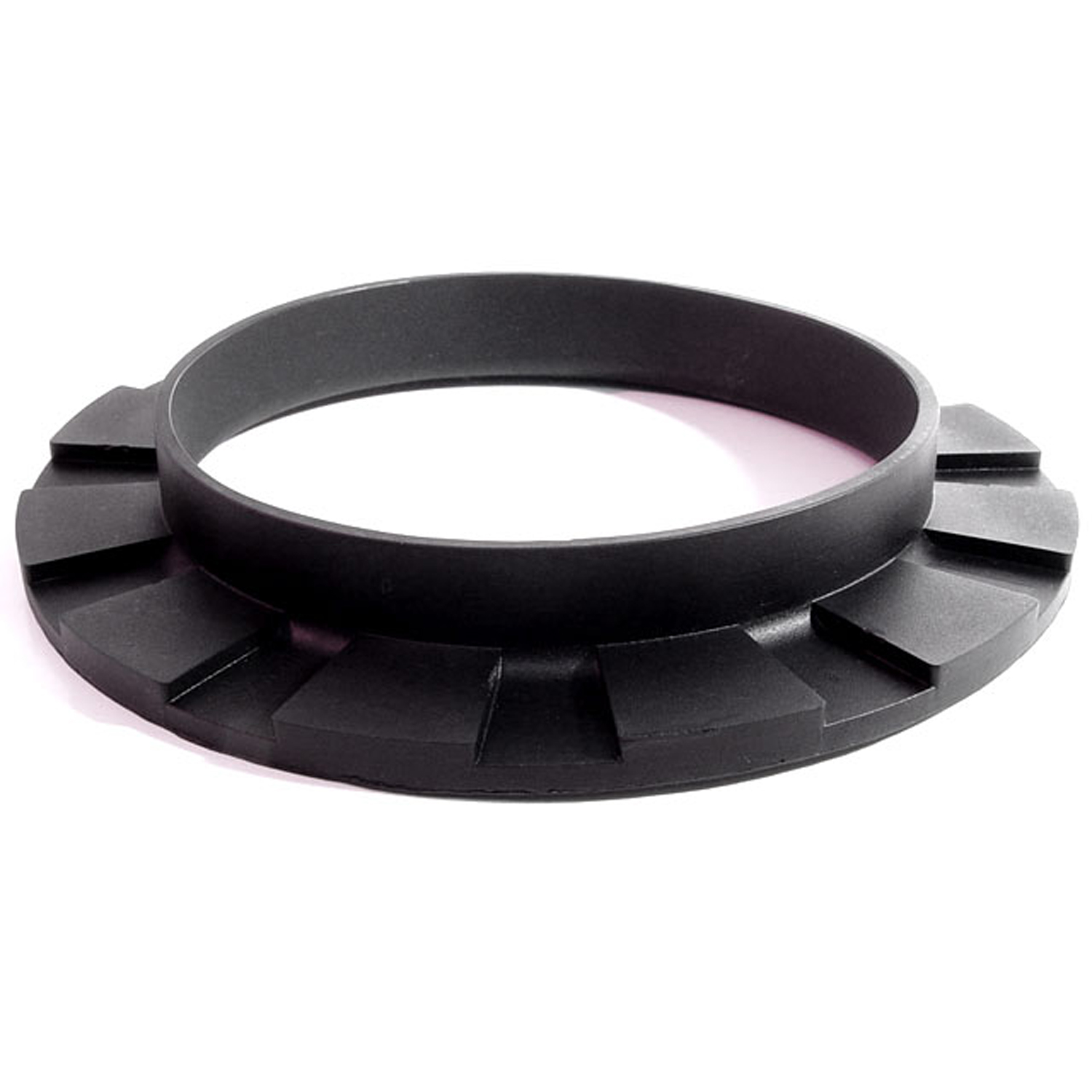 1967 Pontiac GTO Front coil-spring insulator-BN 110Front coil-spring insulator. Fits '41-'60 Oldsmobile and '50-'83 GM passenger models. 5-3/8 in. OD x 3-3/4 in. ID x 3/4 in. high with 13/16 in. wide bottom flange 1/4" thick, 12 flutes. Each.
1967 Pontiac GTO Front coil-spring insulator-BN 110Front coil-spring insulator. Fits '41-'60 Oldsmobile and '50-'83 GM passenger models. 5-3/8 in. OD x 3-3/4 in. ID x 3/4 in. high with 13/16 in. wide bottom flange 1/4" thick, 12 flutes. Each.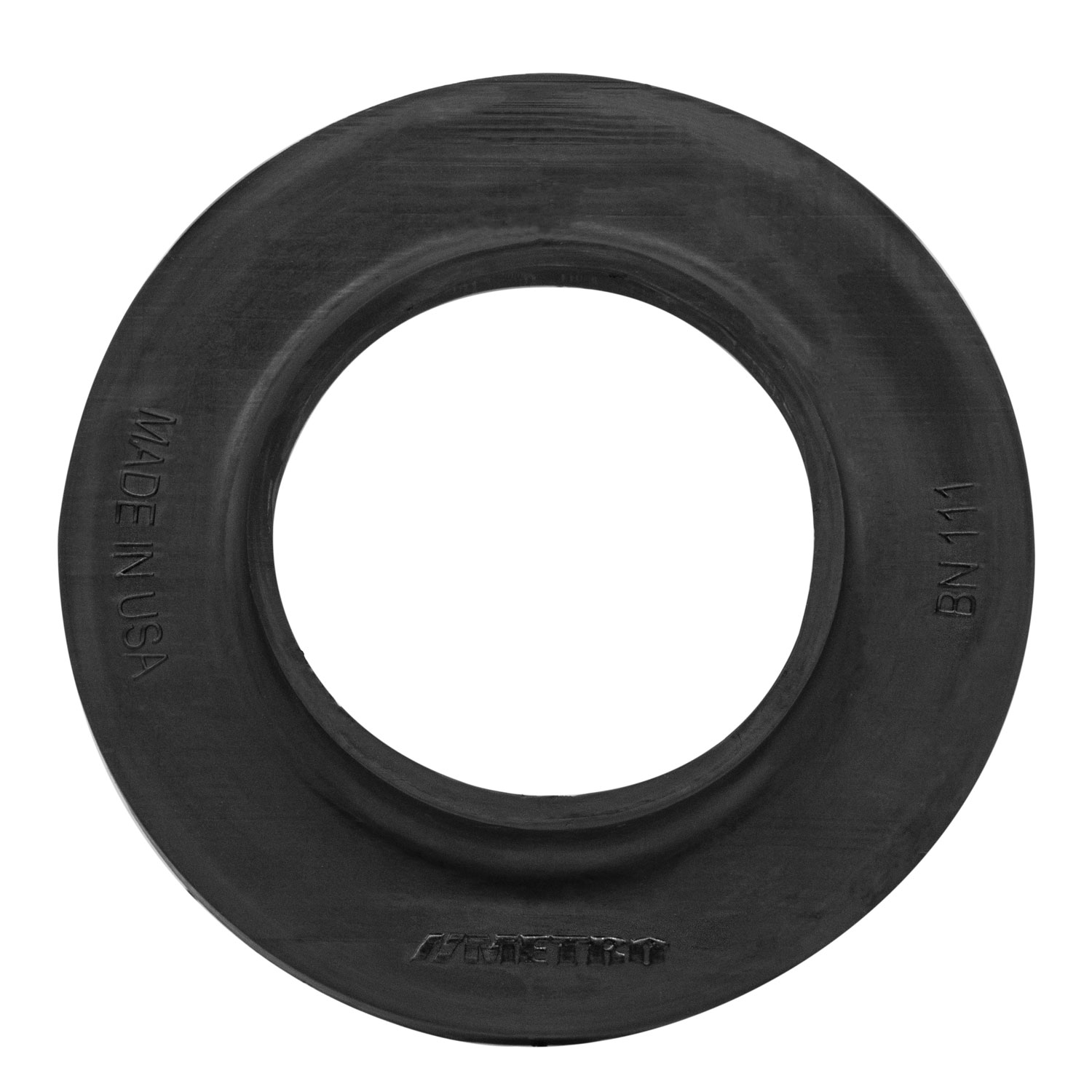 1967 Pontiac GTO Rear coil-spring insulator 1961-72 GM A-Body-BN 111Coil spring insulators are a great way to prevent metal-on-metal contact and noise. Manufactured to OEM specifications for a precise fit, these coil spring insulators are made of rubber and are used between the coil spring and the frame of your ride. 3-3/4 in. OD, 2-1/8 in. ID, 5/8 in. high with 3/16 in. , wide bottom flange 1/4 in. thick.
1967 Pontiac GTO Rear coil-spring insulator 1961-72 GM A-Body-BN 111Coil spring insulators are a great way to prevent metal-on-metal contact and noise. Manufactured to OEM specifications for a precise fit, these coil spring insulators are made of rubber and are used between the coil spring and the frame of your ride. 3-3/4 in. OD, 2-1/8 in. ID, 5/8 in. high with 3/16 in. , wide bottom flange 1/4 in. thick.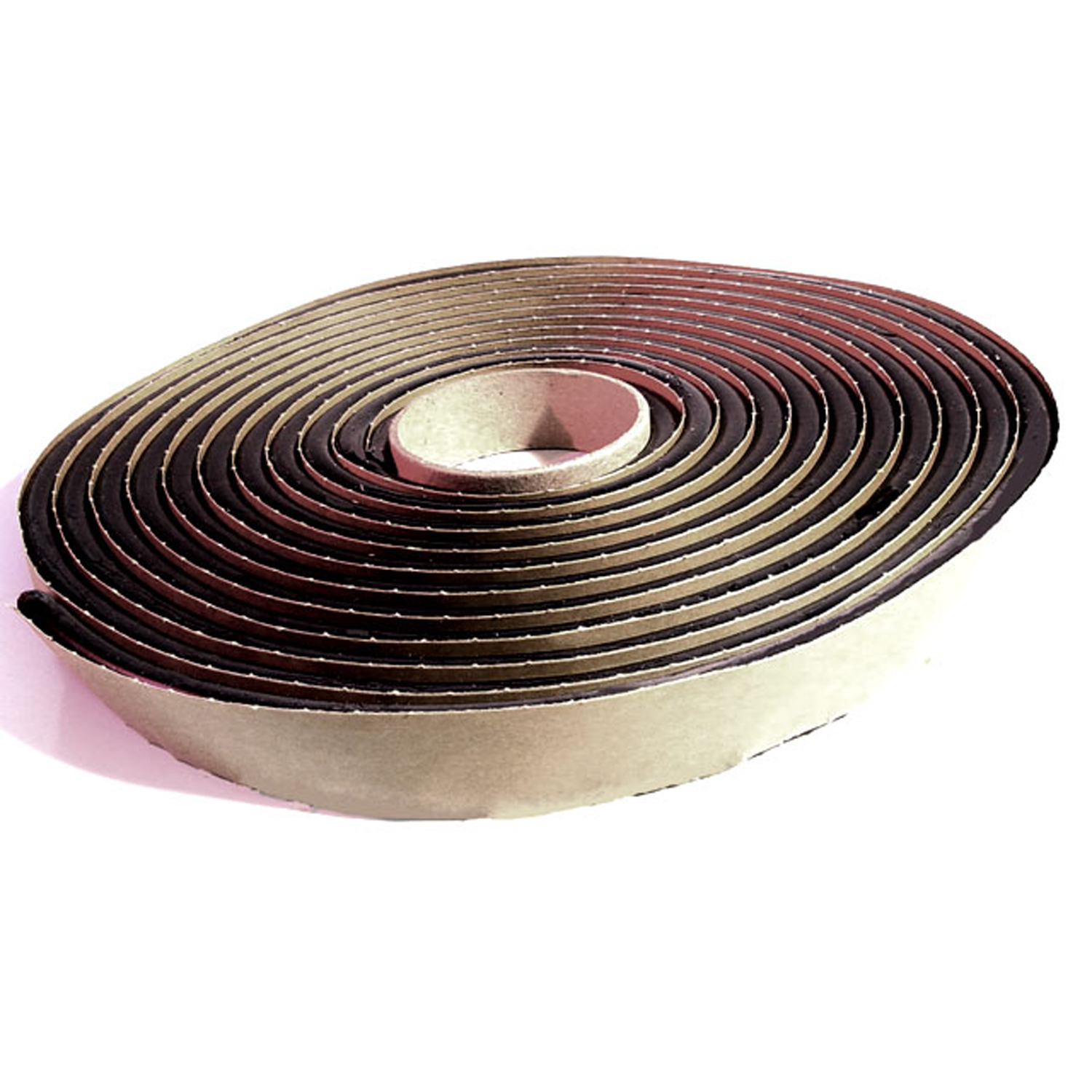 1967 Pontiac GTO Butyl Glass Setting Tape-BT 1Butyl Glass Setting Tape. Used to install windshields and backlights. Superior sealing properties. 5/16" wide X 15' long. Each
1967 Pontiac GTO Butyl Glass Setting Tape-BT 1Butyl Glass Setting Tape. Used to install windshields and backlights. Superior sealing properties. 5/16" wide X 15' long. Each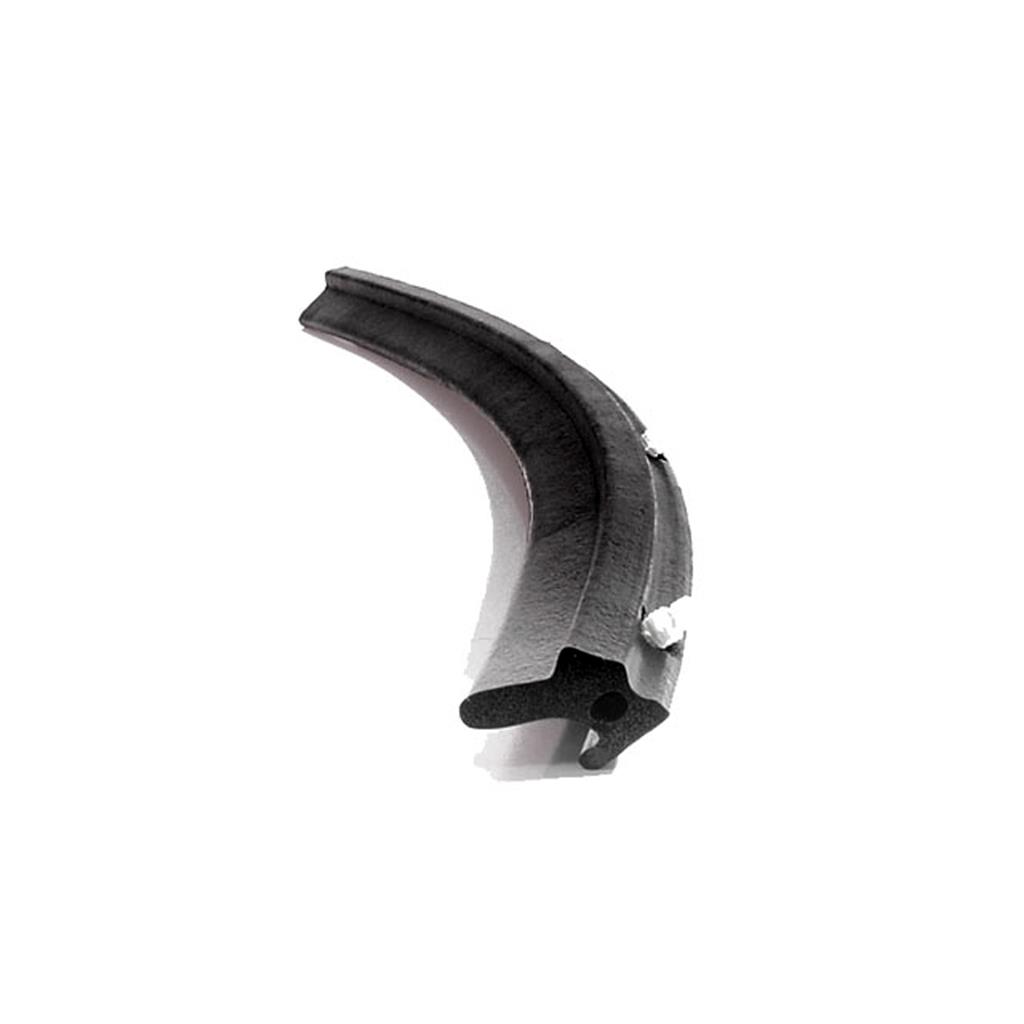 1967 Pontiac GTO Convertible Top Windshield Header Seal-C/LP 40-GConvertible Top Windshield Header Seal. Clips installed every 3-5/8". Made of soft, black, skin-covered sponge. Sold by the foot.
1967 Pontiac GTO Convertible Top Windshield Header Seal-C/LP 40-GConvertible Top Windshield Header Seal. Clips installed every 3-5/8". Made of soft, black, skin-covered sponge. Sold by the foot.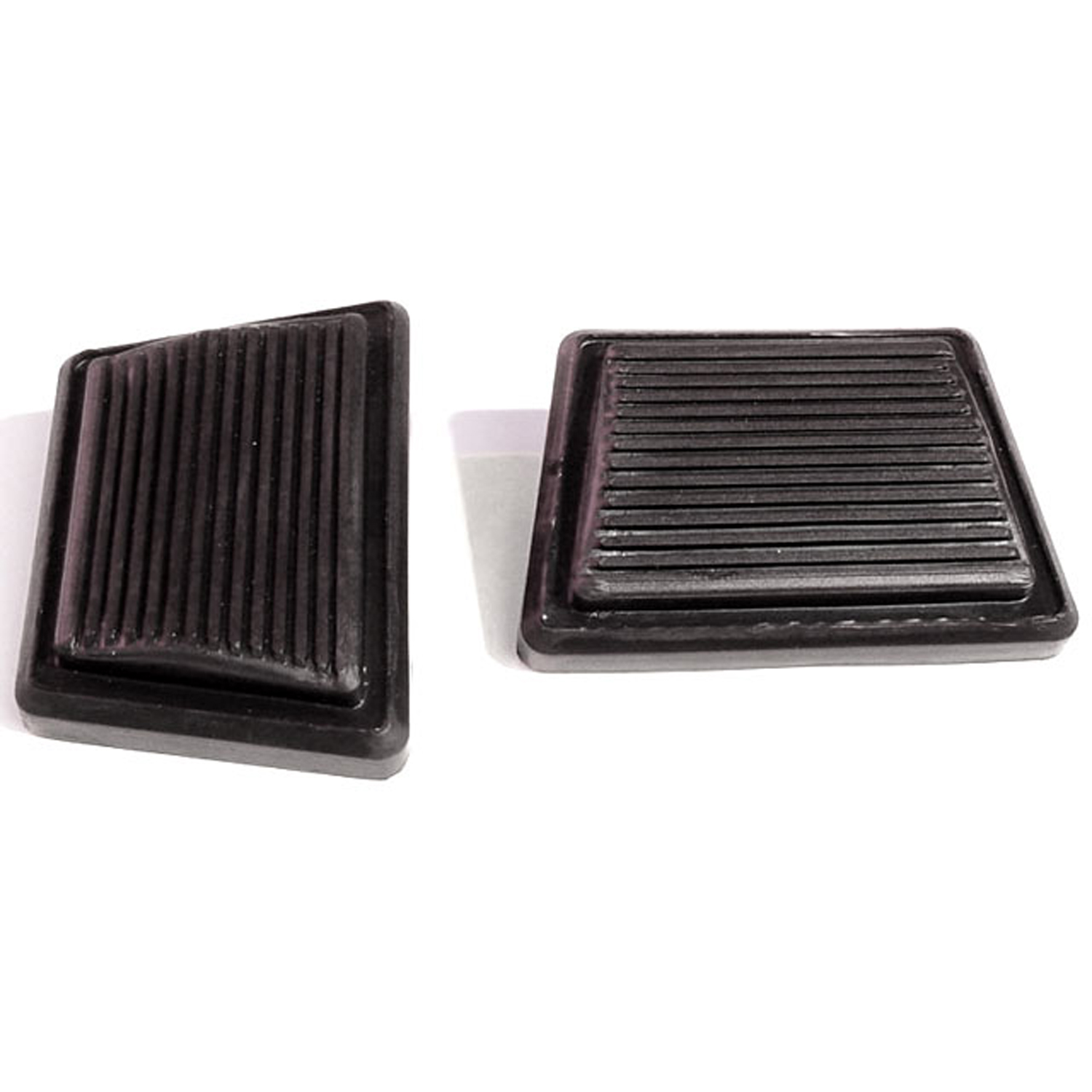 1967 Pontiac GTO Clutch and Brake Pedal Pads. Exact reproduction-CB 99Clutch and Brake Pedal Pads. Exact reproduction. 3-1/2" wide. Pair
1967 Pontiac GTO Clutch and Brake Pedal Pads. Exact reproduction-CB 99Clutch and Brake Pedal Pads. Exact reproduction. 3-1/2" wide. Pair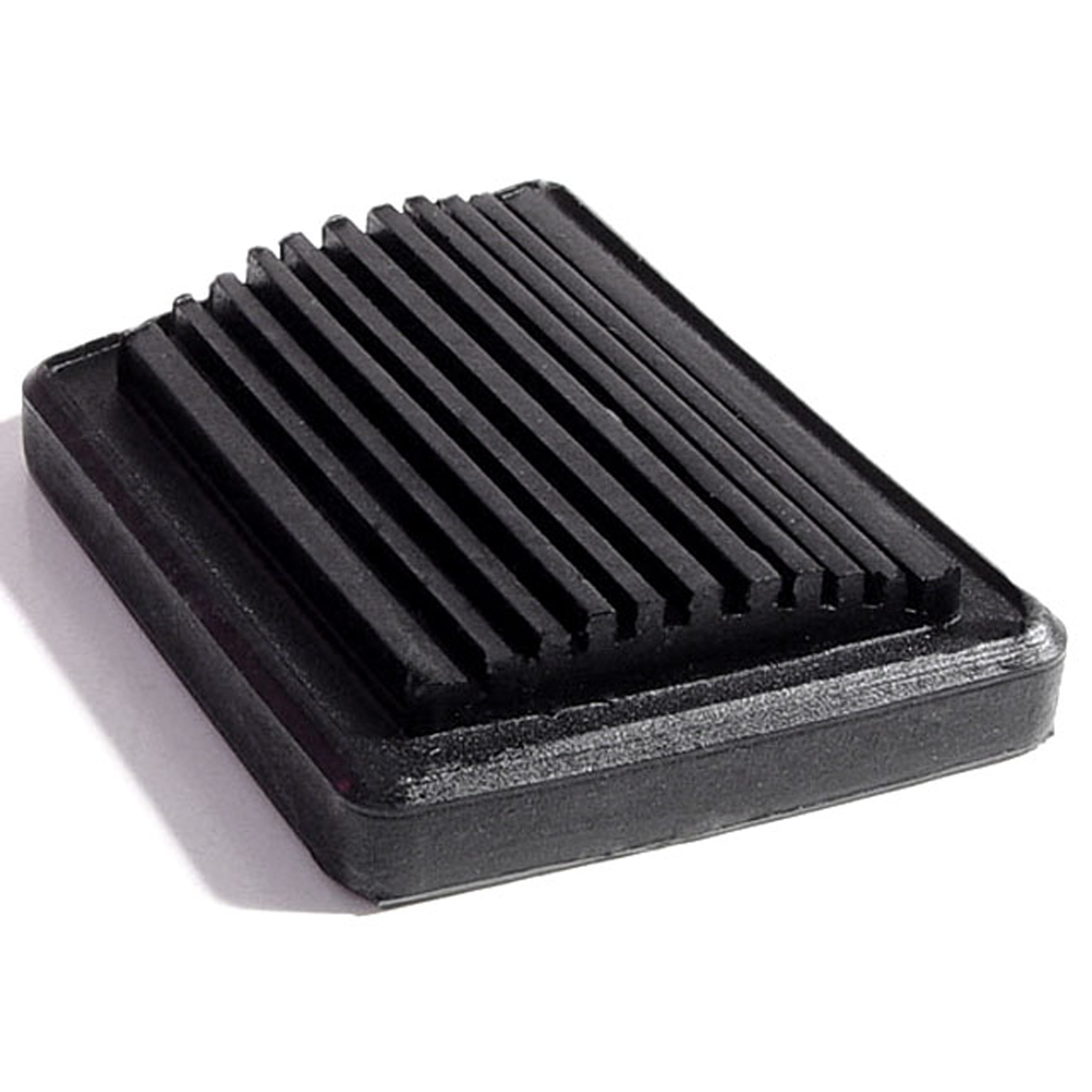 1967 Pontiac GTO Park Brake Pedal Pad. 2-9/16" wide. Each-CB 99-APark Brake Pedal Pad. 2-9/16" wide. Each
1967 Pontiac GTO Park Brake Pedal Pad. 2-9/16" wide. Each-CB 99-APark Brake Pedal Pad. 2-9/16" wide. Each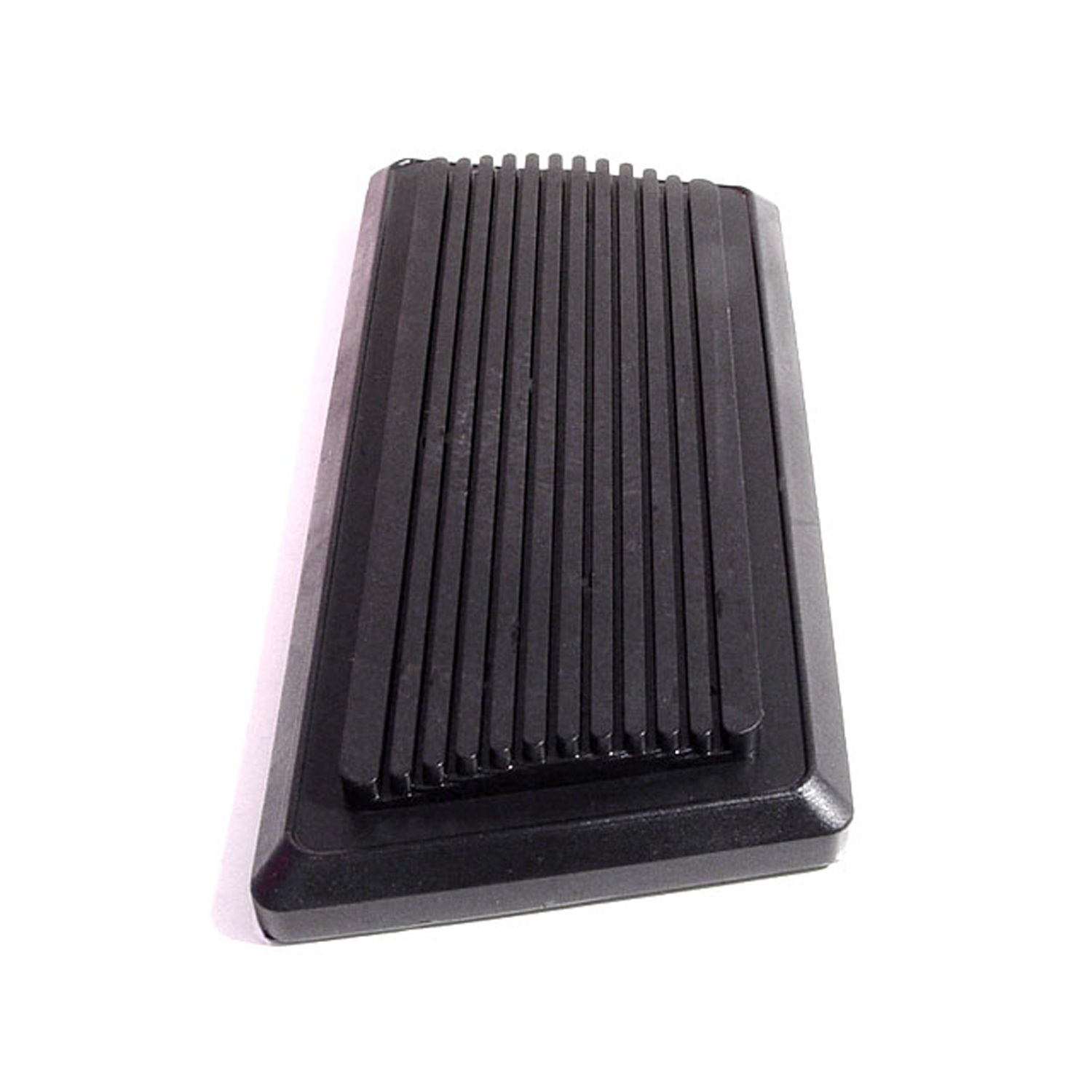 1967 Pontiac GTO Auto Brake Pedal Pad. 5-7/8" wide. Each-CB 99-BAuto Brake Pedal Pad. 5-7/8" wide. Each
1967 Pontiac GTO Auto Brake Pedal Pad. 5-7/8" wide. Each-CB 99-BAuto Brake Pedal Pad. 5-7/8" wide. Each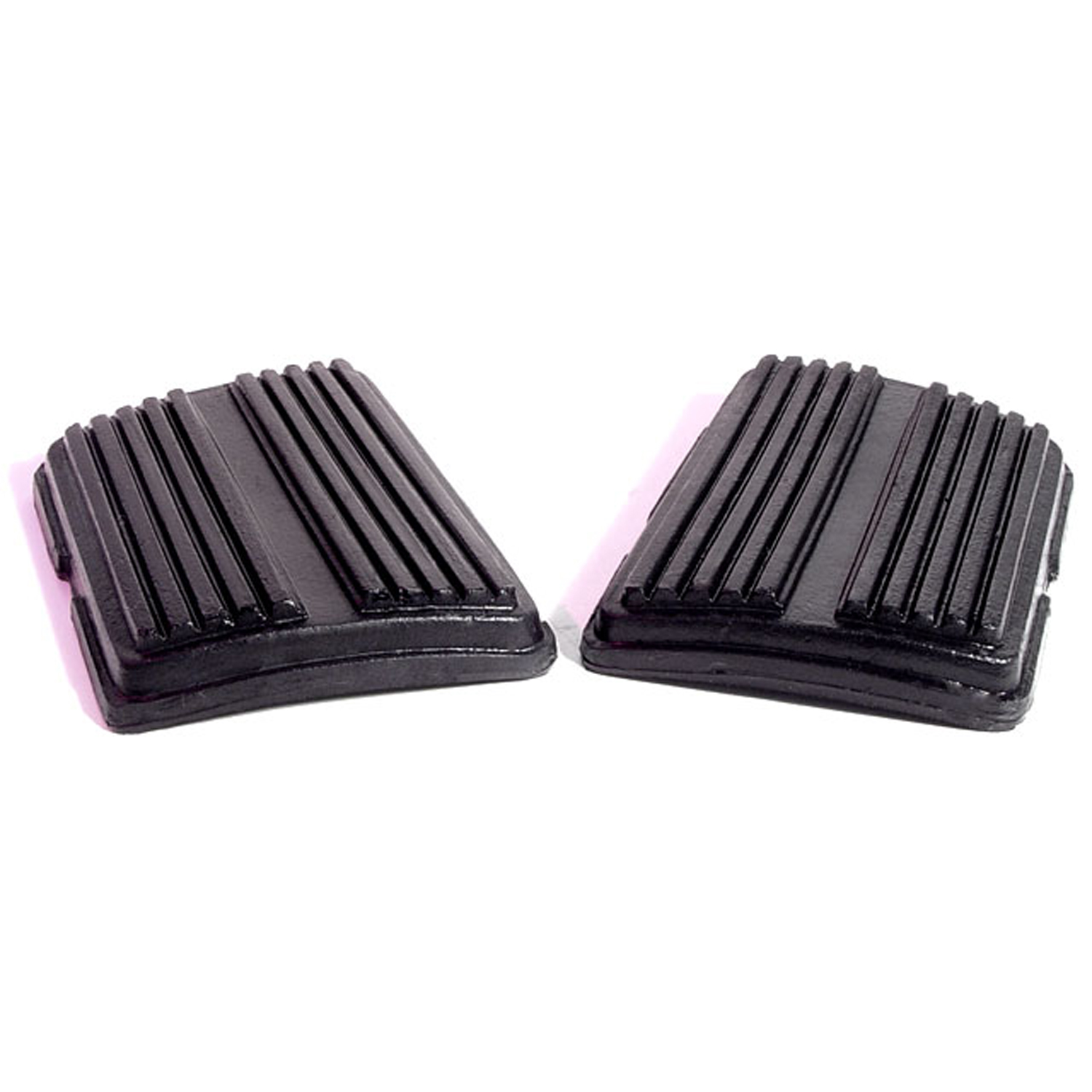 1967 Pontiac GTO Clutch and Brake Pedal Pads. 3-3/4" wide. Pair-CB 99-DClutch and Brake Pedal Pads. 3-3/4" wide. Pair
1967 Pontiac GTO Clutch and Brake Pedal Pads. 3-3/4" wide. Pair-CB 99-DClutch and Brake Pedal Pads. 3-3/4" wide. Pair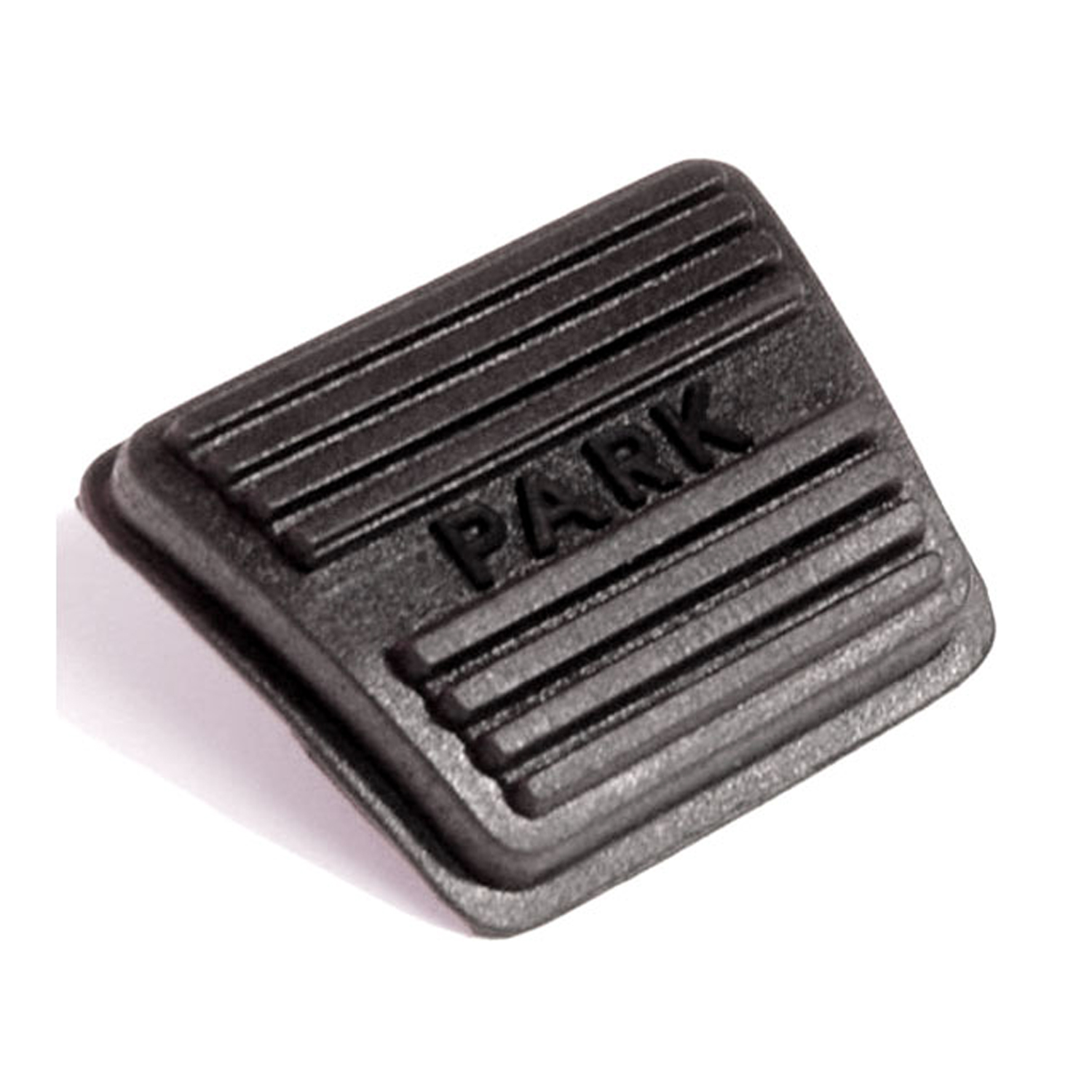 1967 Pontiac GTO Park Brake Pedal Pad. 2-3/8" wide. Each-CB 99-EPark Brake Pedal Pad. 2-3/8" wide. Each
1967 Pontiac GTO Park Brake Pedal Pad. 2-3/8" wide. Each-CB 99-EPark Brake Pedal Pad. 2-3/8" wide. Each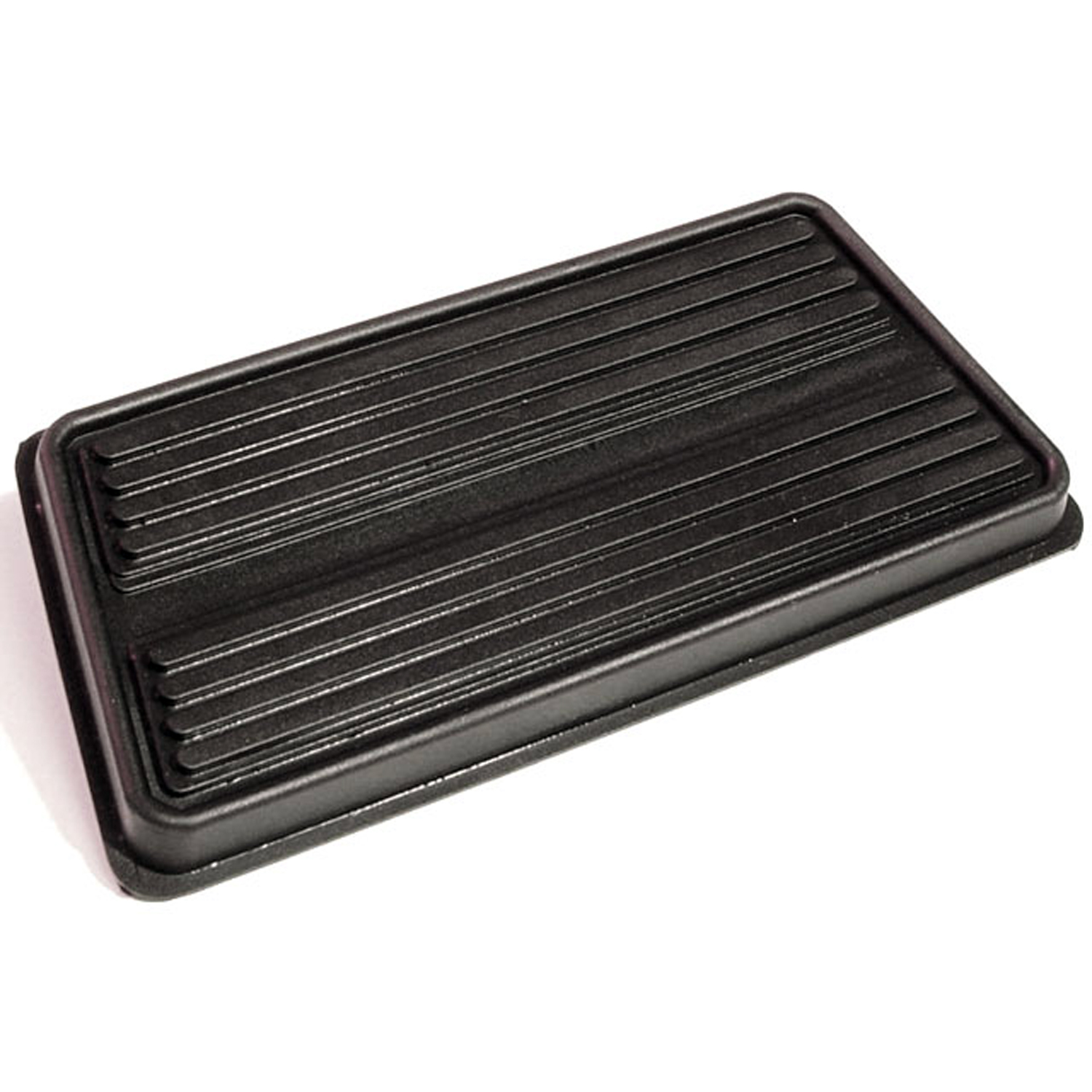 1967 Pontiac GTO Auto Brake Pedal Pad. Nice reproduction. 5-3/4" wide-CB 99-GAuto Brake Pedal Pad. Nice reproduction. 5-3/4" wide. Each
1967 Pontiac GTO Auto Brake Pedal Pad. Nice reproduction. 5-3/4" wide-CB 99-GAuto Brake Pedal Pad. Nice reproduction. 5-3/4" wide. Each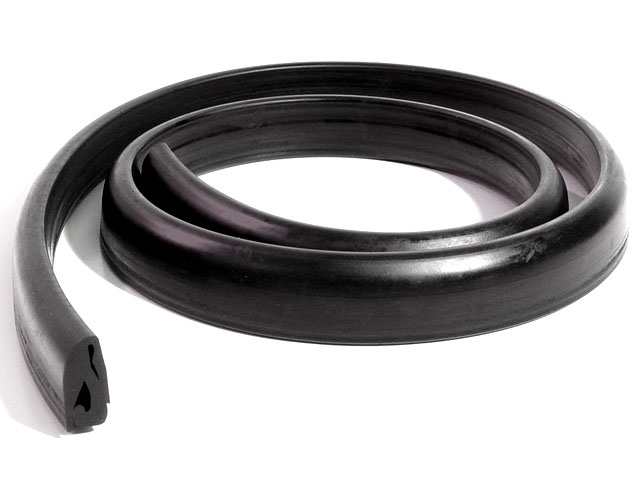 1967 Pontiac GTO Hood to Cowl Seal, 64-67 GM A Body, Except Oldsmobile A Body, Each-CS 4Hood to Cowl Seal, 64-67 GM A Body, Except Oldsmobile A Body (F85, Cutlass, etc.), Each. These seals protect the rear end of the engine compartment from the dust and debris that can fall from the windshield into the engine compartment.
1967 Pontiac GTO Hood to Cowl Seal, 64-67 GM A Body, Except Oldsmobile A Body, Each-CS 4Hood to Cowl Seal, 64-67 GM A Body, Except Oldsmobile A Body (F85, Cutlass, etc.), Each. These seals protect the rear end of the engine compartment from the dust and debris that can fall from the windshield into the engine compartment. 1967 Pontiac GTO Windshield Pillar Post Seals for Convertibles-CZ 8107Windshield Pillar Post Seals for Convertibles. Two pieces, 25" long. Pair
1967 Pontiac GTO Windshield Pillar Post Seals for Convertibles-CZ 8107Windshield Pillar Post Seals for Convertibles. Two pieces, 25" long. Pair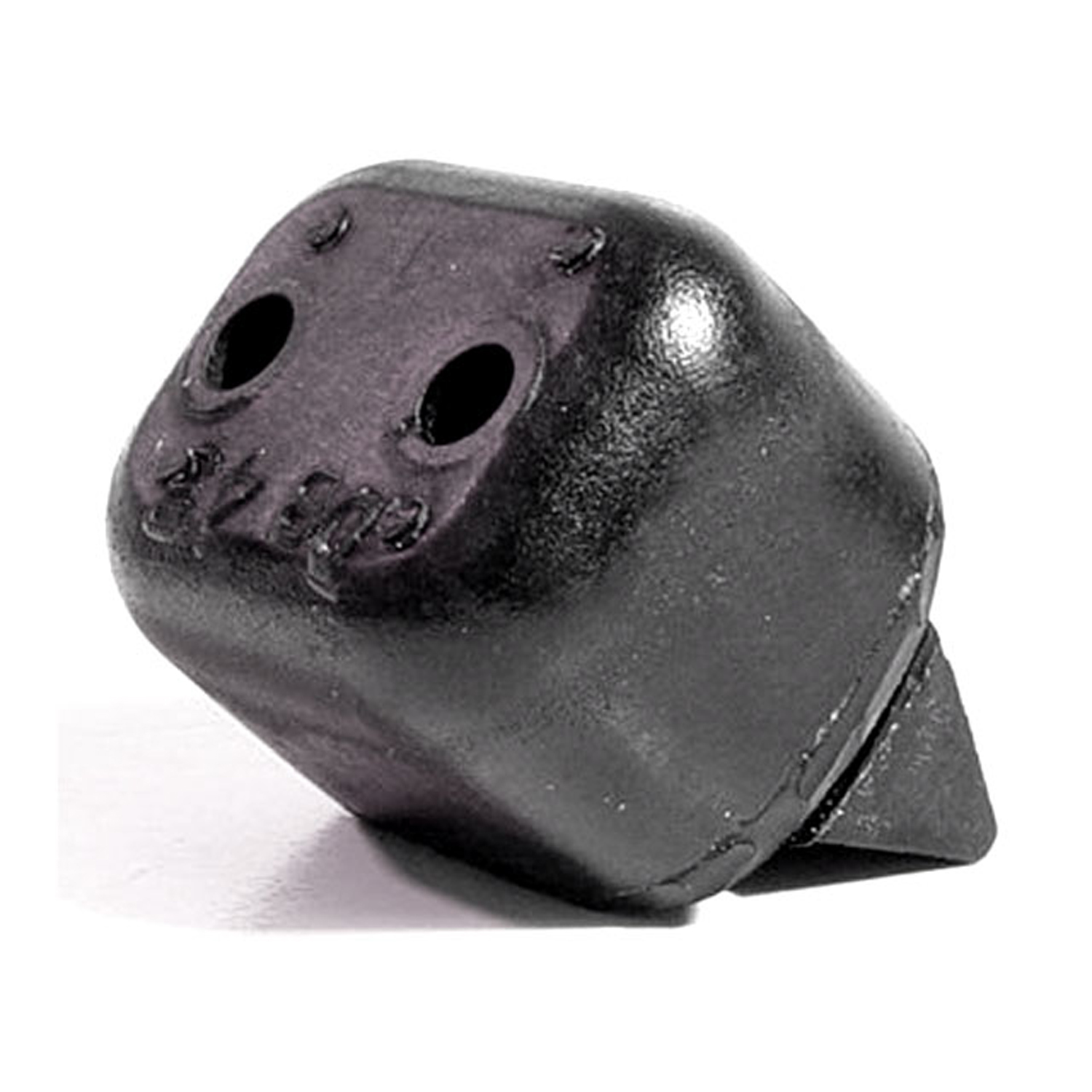 1967 Pontiac GTO Door Bumper. Snap-in style. Two used per car-DB 43Door Bumper. Snap-in style. Two used per car. 1-1/8" high X 15/16" long. Each
1967 Pontiac GTO Door Bumper. Snap-in style. Two used per car-DB 43Door Bumper. Snap-in style. Two used per car. 1-1/8" high X 15/16" long. Each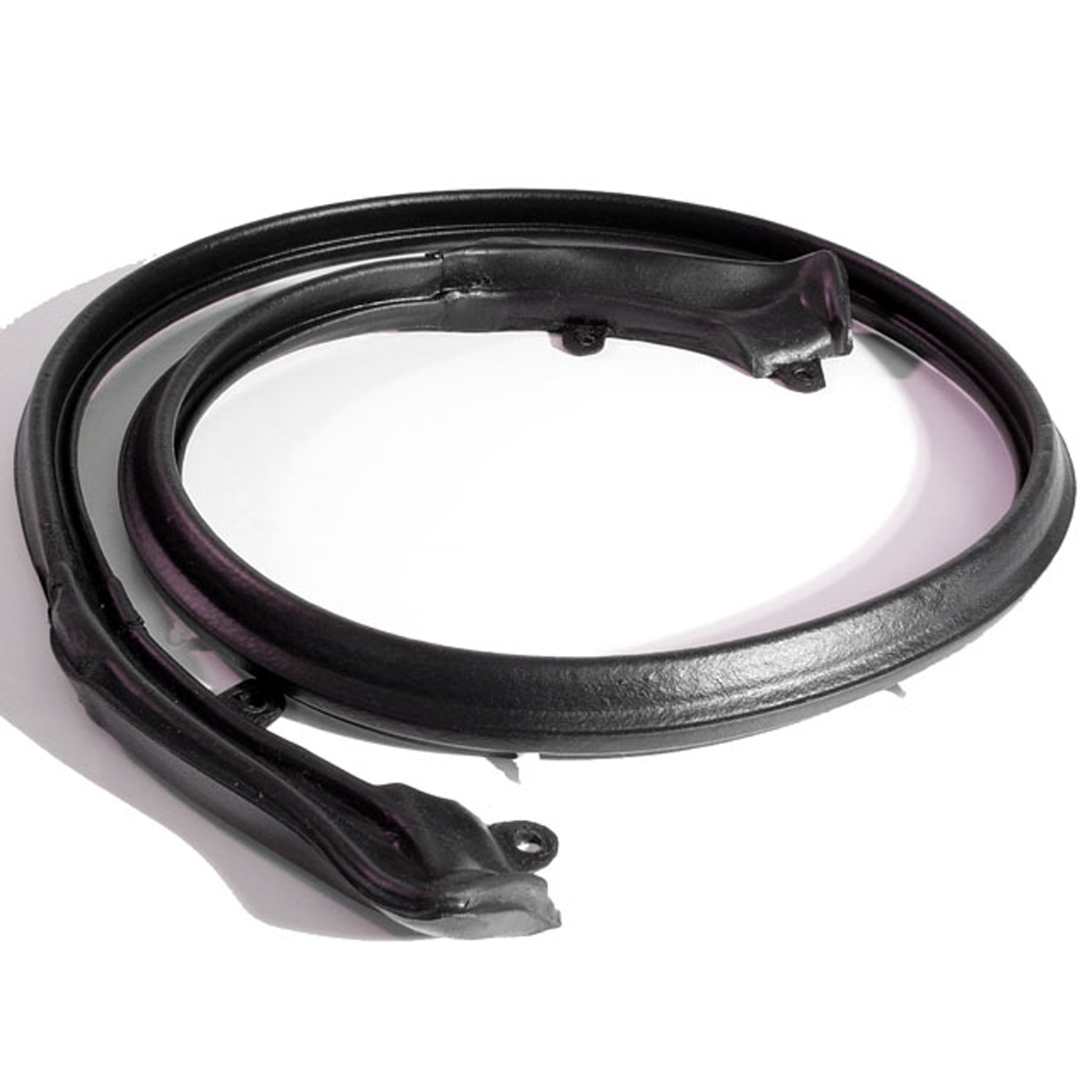 1967 Pontiac GTO Top Bow to Header Seal-HD 729Top Bow to Header Seal. Made with steel cores on end, and all clips. 55" Long. Each
1967 Pontiac GTO Top Bow to Header Seal-HD 729Top Bow to Header Seal. Made with steel cores on end, and all clips. 55" Long. Each 1967 Pontiac GTO Door, Hood and Cowl Bumper. Made with steel core-HF 28Door, Hood and Cowl Bumper. Made with steel core. Held by screw. 15/16" high. Each
1967 Pontiac GTO Door, Hood and Cowl Bumper. Made with steel core-HF 28Door, Hood and Cowl Bumper. Made with steel core. Held by screw. 15/16" high. Each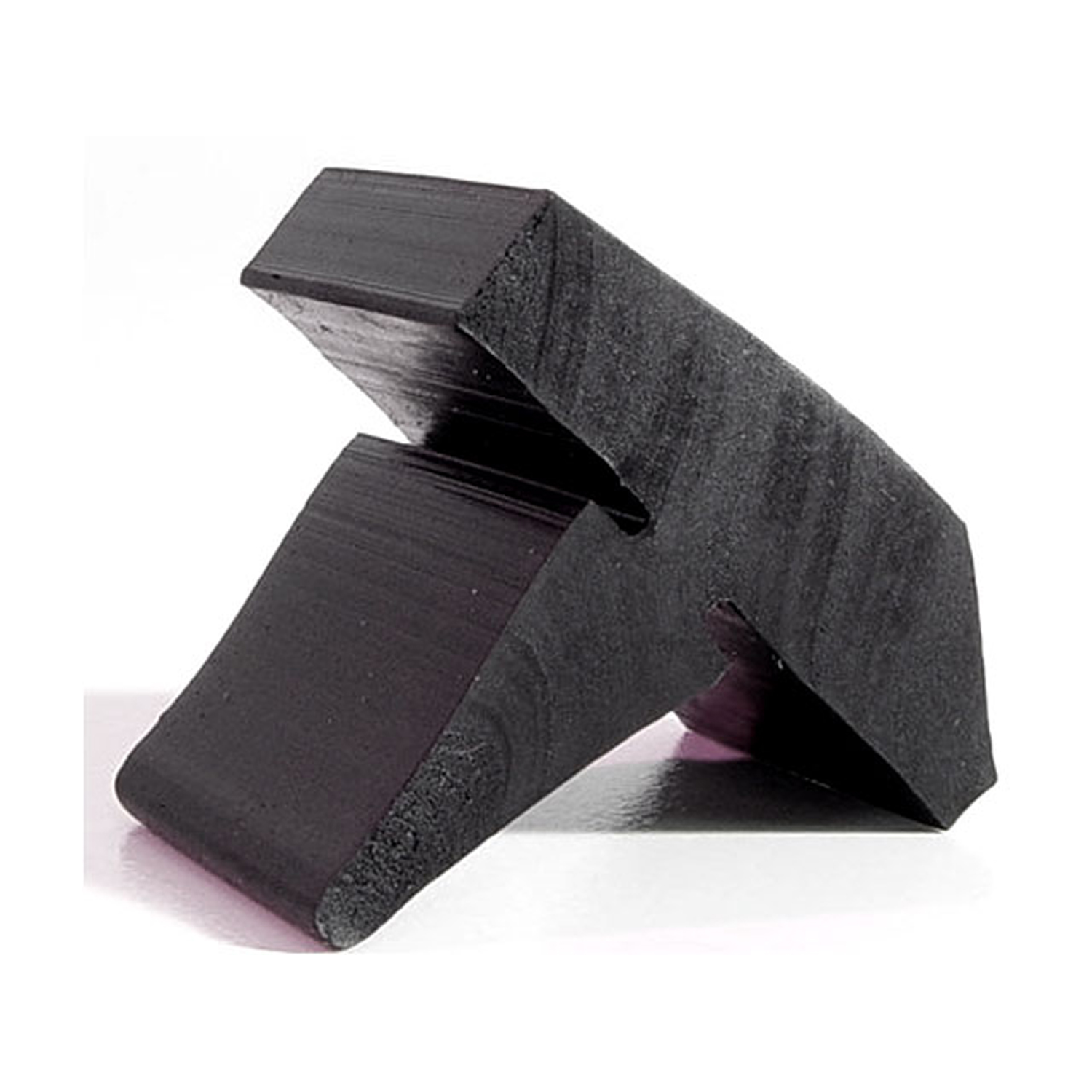 1967 Pontiac GTO Hood Bumper. Each-HF 5Hood Bumper. Each
1967 Pontiac GTO Hood Bumper. Each-HF 5Hood Bumper. Each 1967 Pontiac GTO Rocker Panel Plug. Each-HF 73Rocker Panel Plug. Each
1967 Pontiac GTO Rocker Panel Plug. Each-HF 73Rocker Panel Plug. Each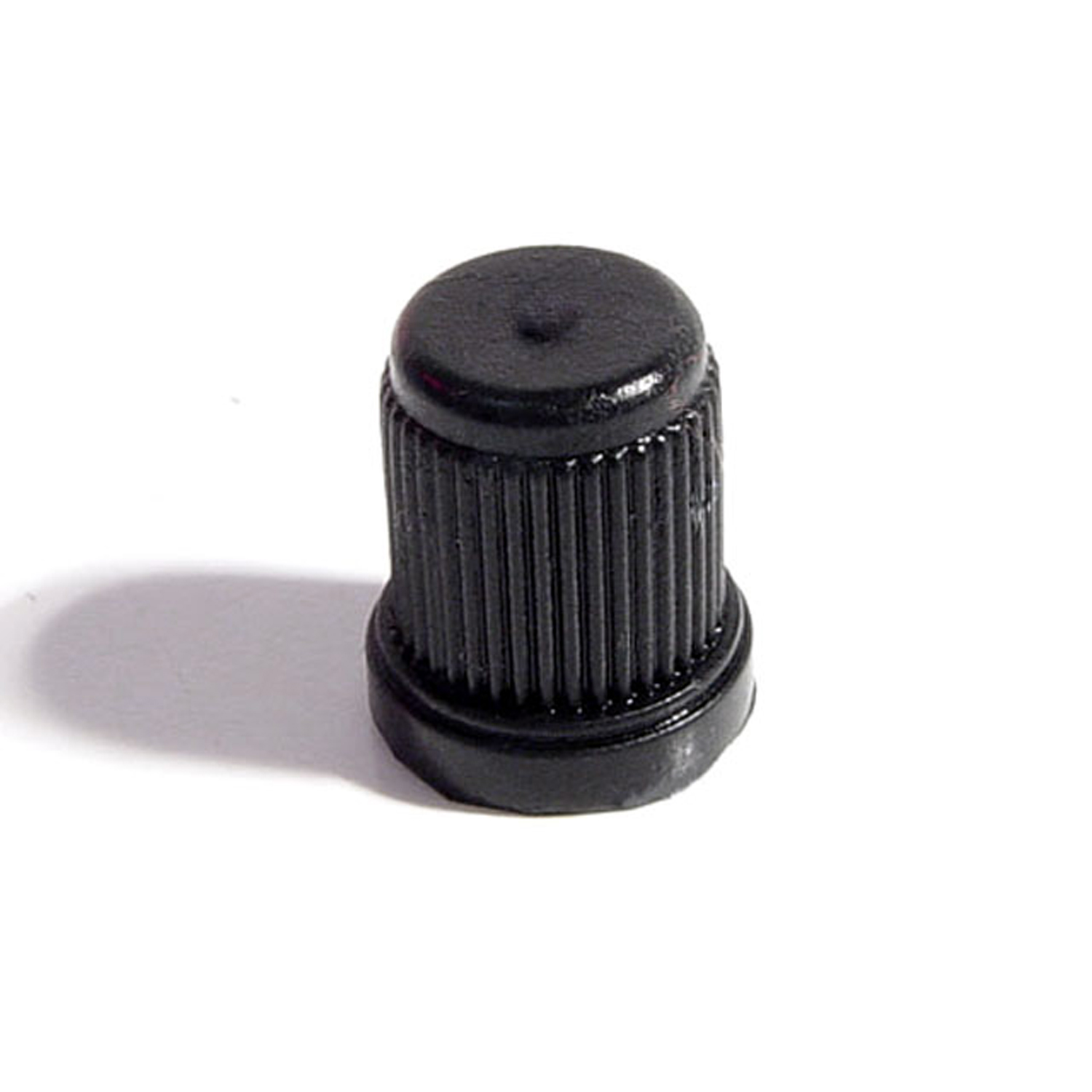 1967 Pontiac GTO Trip Meter Reset Knob. Made of black rubber-KN 10Trip Meter Reset Knob. Made of black rubber. Compare to measurements: 1/8" I.D., 7/16" O.D. X 1/2" tall. Each
1967 Pontiac GTO Trip Meter Reset Knob. Made of black rubber-KN 10Trip Meter Reset Knob. Made of black rubber. Compare to measurements: 1/8" I.D., 7/16" O.D. X 1/2" tall. Each 1967 Pontiac GTO Front Park Light Lens Seals. 5-3/8" x 2-1/4". Pair-LG 8100-100Front Park Light Lens Seals. 5-3/8" x 2-1/4". Pair
1967 Pontiac GTO Front Park Light Lens Seals. 5-3/8" x 2-1/4". Pair-LG 8100-100Front Park Light Lens Seals. 5-3/8" x 2-1/4". Pair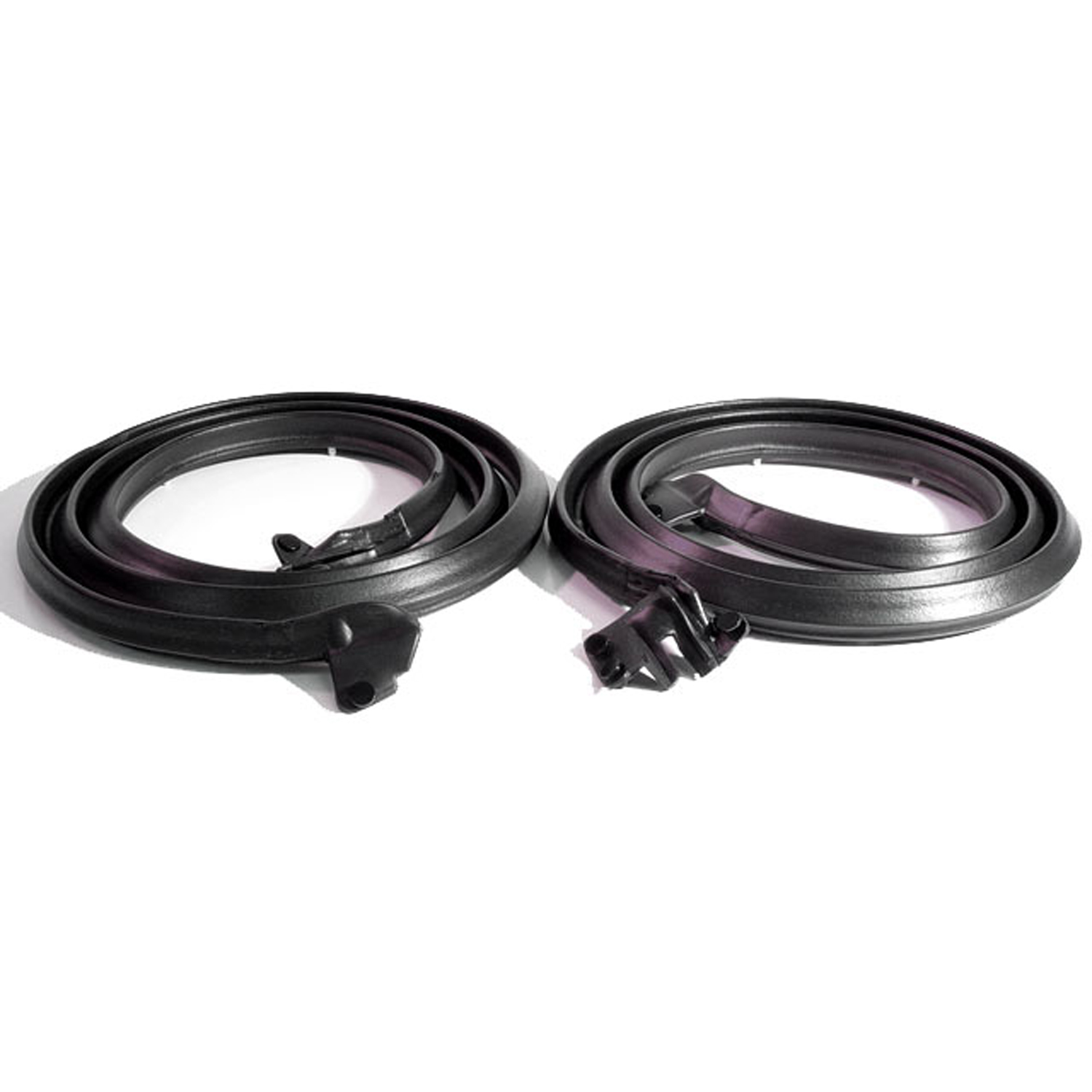 1967 Pontiac GTO Molded Door Seals for 2-door hardtops and convertibles-LM 12Molded Door Seals for 2-door hardtops and convertibles. Made with proper ends. Installed clips and skin-covered sponge. Pair R&L
1967 Pontiac GTO Molded Door Seals for 2-door hardtops and convertibles-LM 12Molded Door Seals for 2-door hardtops and convertibles. Made with proper ends. Installed clips and skin-covered sponge. Pair R&L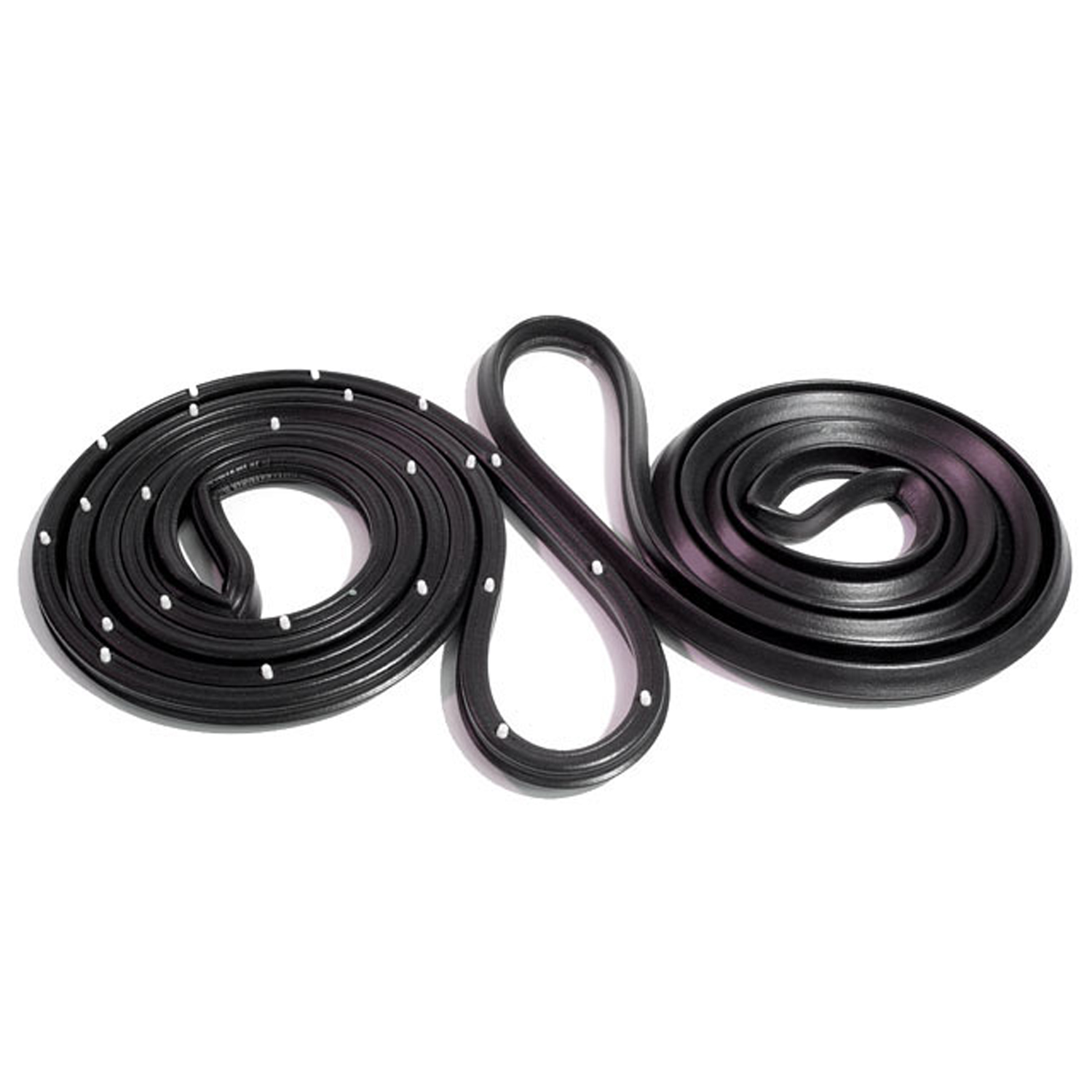 1967 Pontiac GTO Molded Door Seals with Clips. For 2-door sedans-LM 12-RMolded Door Seals with Clips. For 2-door sedans. Replaces OEM #4540548/9. Each is 146" long. Pair R&L
1967 Pontiac GTO Molded Door Seals with Clips. For 2-door sedans-LM 12-RMolded Door Seals with Clips. For 2-door sedans. Replaces OEM #4540548/9. Each is 146" long. Pair R&L 1967 Pontiac GTO Tail-light to body gaskets-MB 80Tail-light to body gaskets. Made of molded sponge rubber like the original. 20 in. long x 4 in. wide. Pair. R&L.
1967 Pontiac GTO Tail-light to body gaskets-MB 80Tail-light to body gaskets. Made of molded sponge rubber like the original. 20 in. long x 4 in. wide. Pair. R&L. 1967 Pontiac GTO Transmission Cross-Member Mount Insulators-MM 30Transmission Cross-Member Mount Insulators. For 2-door hardtops and convertibles. Replaces OEM #9774451. Pair
1967 Pontiac GTO Transmission Cross-Member Mount Insulators-MM 30Transmission Cross-Member Mount Insulators. For 2-door hardtops and convertibles. Replaces OEM #9774451. Pair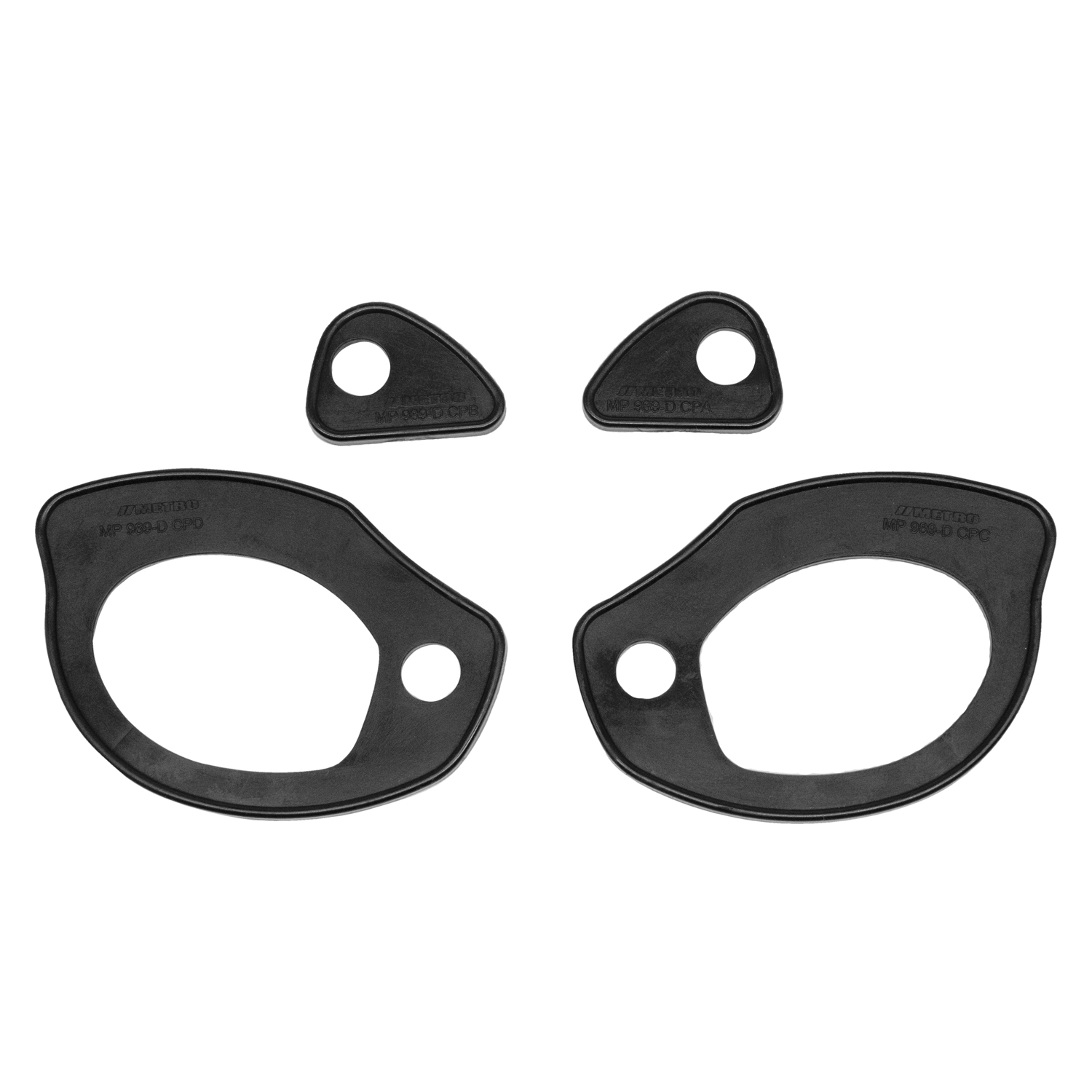 1967 Pontiac GTO Door Handle Pads. 2-5/8" long & 1-1/8" long. Set R&L-MP 989-DDoor Handle Pads. 2-5/8" long & 1-1/8" long. Set R&L
1967 Pontiac GTO Door Handle Pads. 2-5/8" long & 1-1/8" long. Set R&L-MP 989-DDoor Handle Pads. 2-5/8" long & 1-1/8" long. Set R&L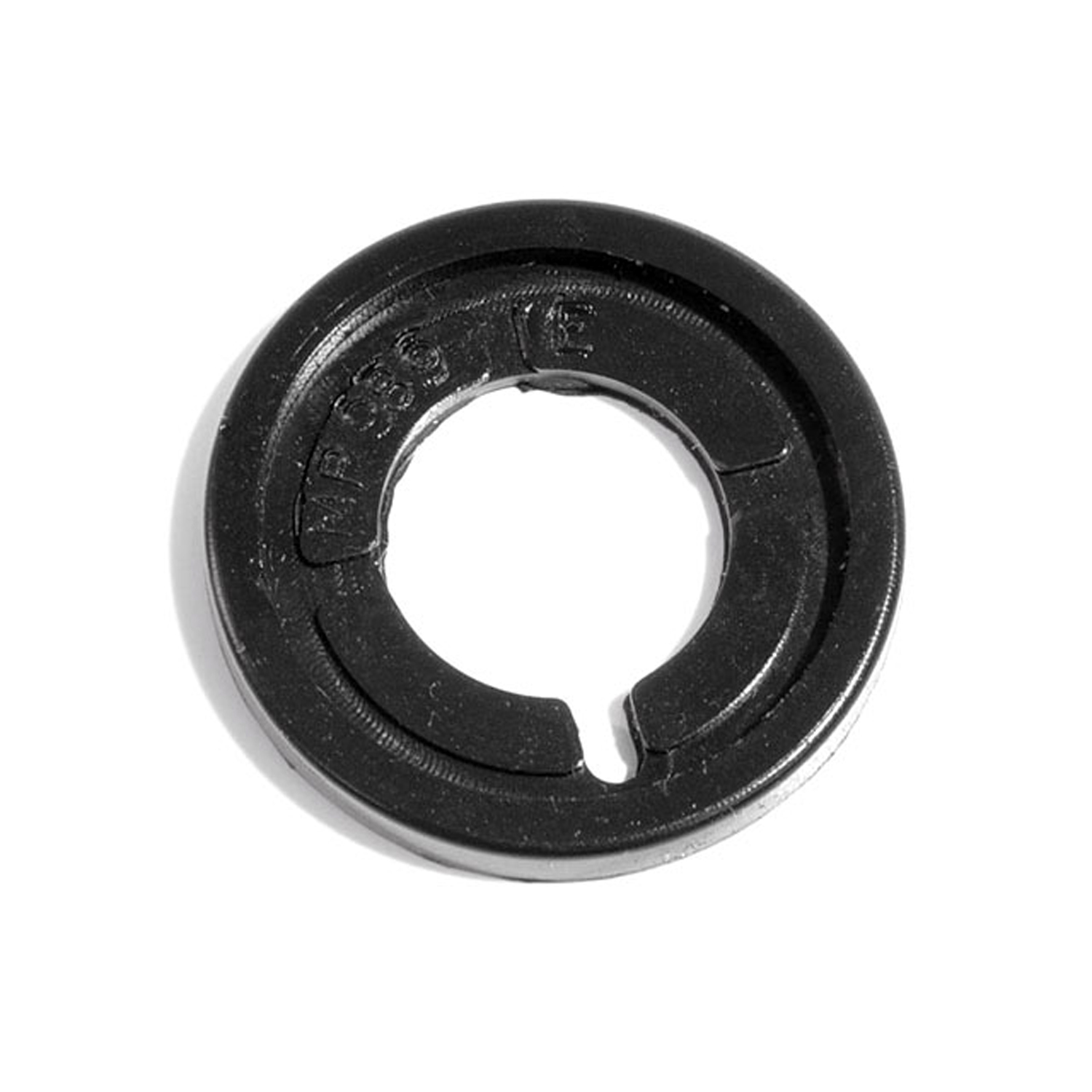 1967 Pontiac GTO Manual Antenna Mast Pad. 1-1/2" O.D. Each-MP 989-EManual Antenna Mast Pad. 1-1/2" O.D. Each
1967 Pontiac GTO Manual Antenna Mast Pad. 1-1/2" O.D. Each-MP 989-EManual Antenna Mast Pad. 1-1/2" O.D. Each 1967 Pontiac GTO Power Antenna Pads. 2" O.D. & 1-3/4" O.D. Set-MP 989-GPower Antenna Pads. 2" O.D. & 1-3/4" O.D. Set
1967 Pontiac GTO Power Antenna Pads. 2" O.D. & 1-3/4" O.D. Set-MP 989-GPower Antenna Pads. 2" O.D. & 1-3/4" O.D. Set 1967 Pontiac GTO Left Hand Remote Mirror Pad. 1-1/4" wide X 4-1/4" long-MP 989-ILeft Hand Remote Mirror Pad. 1-1/4" wide X 4-1/4" long. Each
1967 Pontiac GTO Left Hand Remote Mirror Pad. 1-1/4" wide X 4-1/4" long-MP 989-ILeft Hand Remote Mirror Pad. 1-1/4" wide X 4-1/4" long. Each 1967 Pontiac GTO Rear view mirror pad-MP 989-JRear view mirror pad. Fits '65-'68 Pontiac A-body cars with remote mirror. 1-1/8 in. wide x 4-1/4 in. long. Each.
1967 Pontiac GTO Rear view mirror pad-MP 989-JRear view mirror pad. Fits '65-'68 Pontiac A-body cars with remote mirror. 1-1/8 in. wide x 4-1/4 in. long. Each. 1967 Pontiac GTO Standard Mirror Pad. 1-1/8" wide X 5-3/8" long. Each-MP 989-NStandard Mirror Pad. 1-1/8" wide X 5-3/8" long. Each
1967 Pontiac GTO Standard Mirror Pad. 1-1/8" wide X 5-3/8" long. Each-MP 989-NStandard Mirror Pad. 1-1/8" wide X 5-3/8" long. Each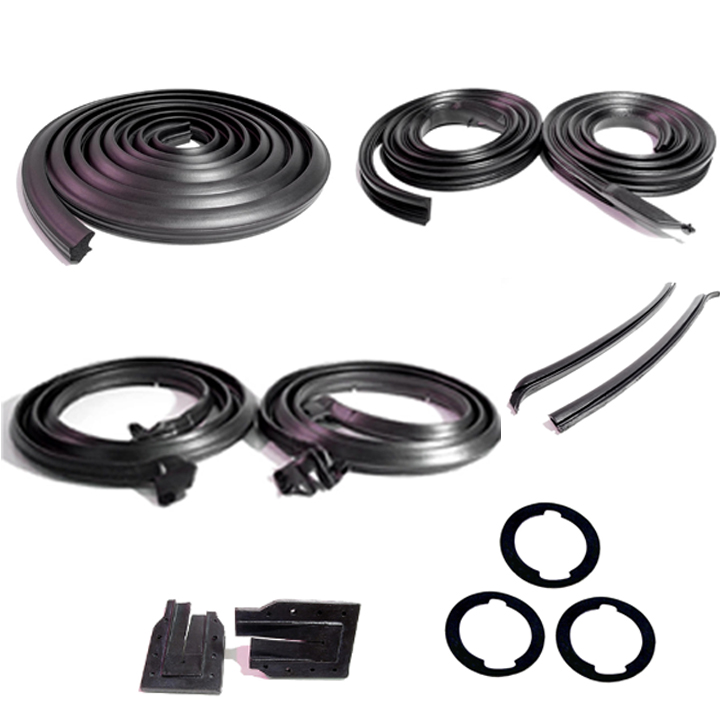 1967 Pontiac GTO Master kit. 2-door hardtop-RK 8100-102Master kit. 2-door hardtop. Molded door seals (LM 12), roof-rail seals (RR 5001), trunk seal (TK 46-16), door-lock pillar seals (ALP 5000), door/trunk lock-cylinder pads (UM 1600-100), and rear window roll-up seals (VS 3-L).
1967 Pontiac GTO Master kit. 2-door hardtop-RK 8100-102Master kit. 2-door hardtop. Molded door seals (LM 12), roof-rail seals (RR 5001), trunk seal (TK 46-16), door-lock pillar seals (ALP 5000), door/trunk lock-cylinder pads (UM 1600-100), and rear window roll-up seals (VS 3-L).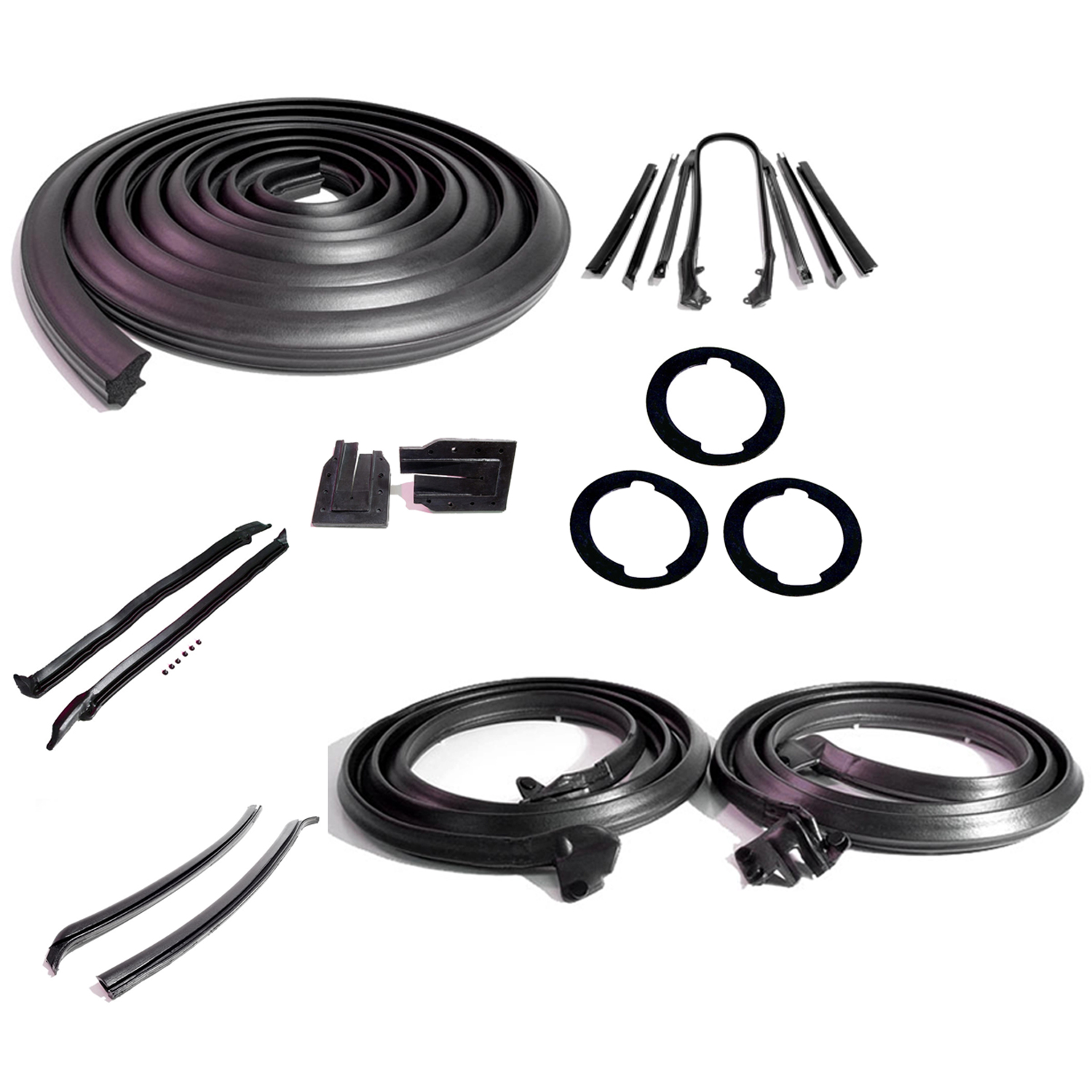 1967 Pontiac GTO Master kit. Convertible-RK 8100-108Master kit. Convertible. Molded door seals (LM 12), roof-rail seals (RR 1609), pillar-post seals (CZ 8107), trunk seal (TK 46-16), door-lock pillar seals (ALP 5000), door/trunk lock cylinder pads (UM 1600-100), rear roll-up seals (VS 3-L).
1967 Pontiac GTO Master kit. Convertible-RK 8100-108Master kit. Convertible. Molded door seals (LM 12), roof-rail seals (RR 1609), pillar-post seals (CZ 8107), trunk seal (TK 46-16), door-lock pillar seals (ALP 5000), door/trunk lock cylinder pads (UM 1600-100), rear roll-up seals (VS 3-L). 1967 Pontiac GTO Basic Kit, for 2-Door Hardtop-RKB 1700-102Basic Kit, for 2-Door Hardtop. Door (LM 12) Roof Rail (RR 5001) Trunk (TK 46-16), Seals.
1967 Pontiac GTO Basic Kit, for 2-Door Hardtop-RKB 1700-102Basic Kit, for 2-Door Hardtop. Door (LM 12) Roof Rail (RR 5001) Trunk (TK 46-16), Seals.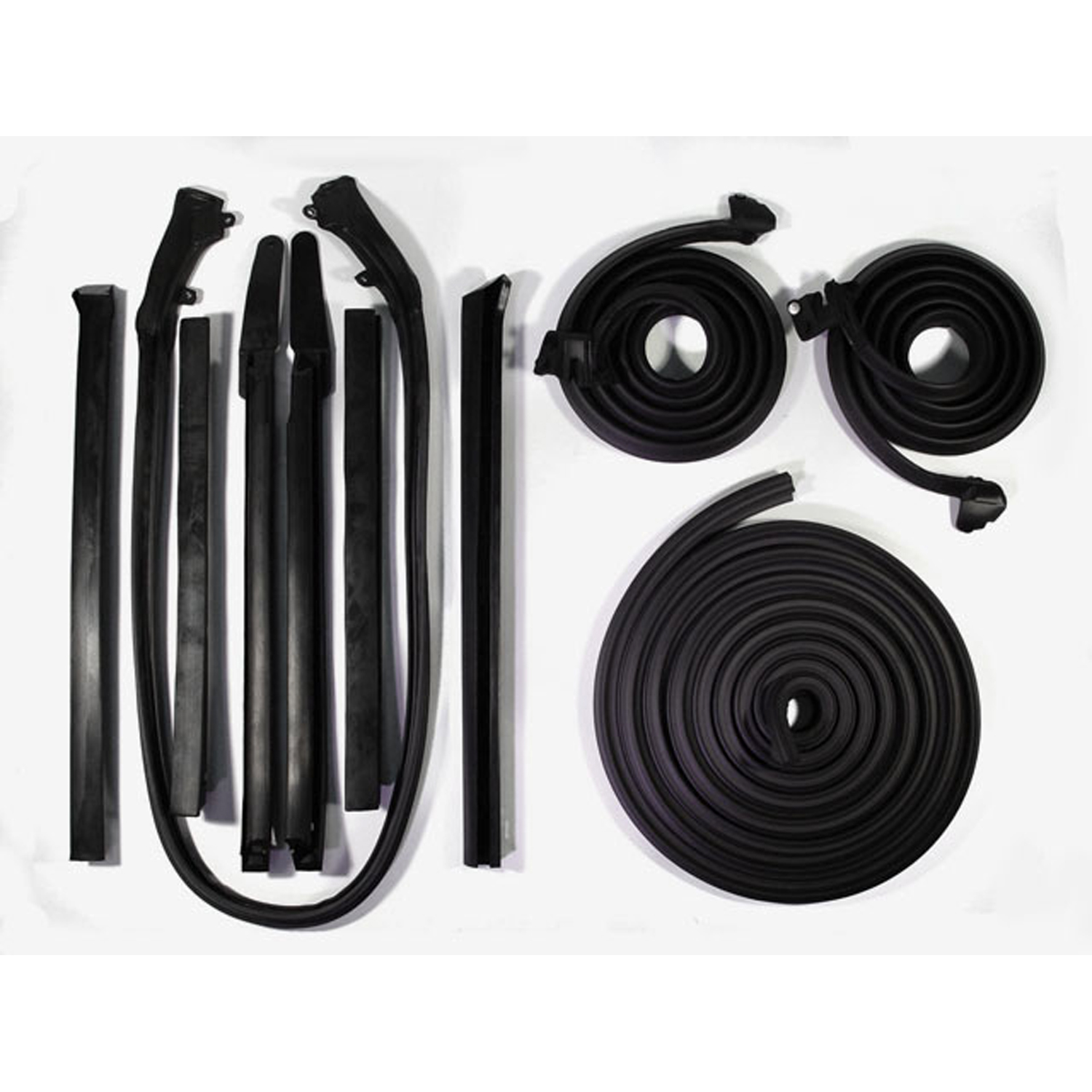 1967 Pontiac GTO Basic Kit, for 2-Door Convertible-RKB 1700-106Basic Kit, for 2-Door Convertible. Door (LM 12) Roof Rail (RR 1609) Trunk (TK 46-16), Seals.
1967 Pontiac GTO Basic Kit, for 2-Door Convertible-RKB 1700-106Basic Kit, for 2-Door Convertible. Door (LM 12) Roof Rail (RR 1609) Trunk (TK 46-16), Seals.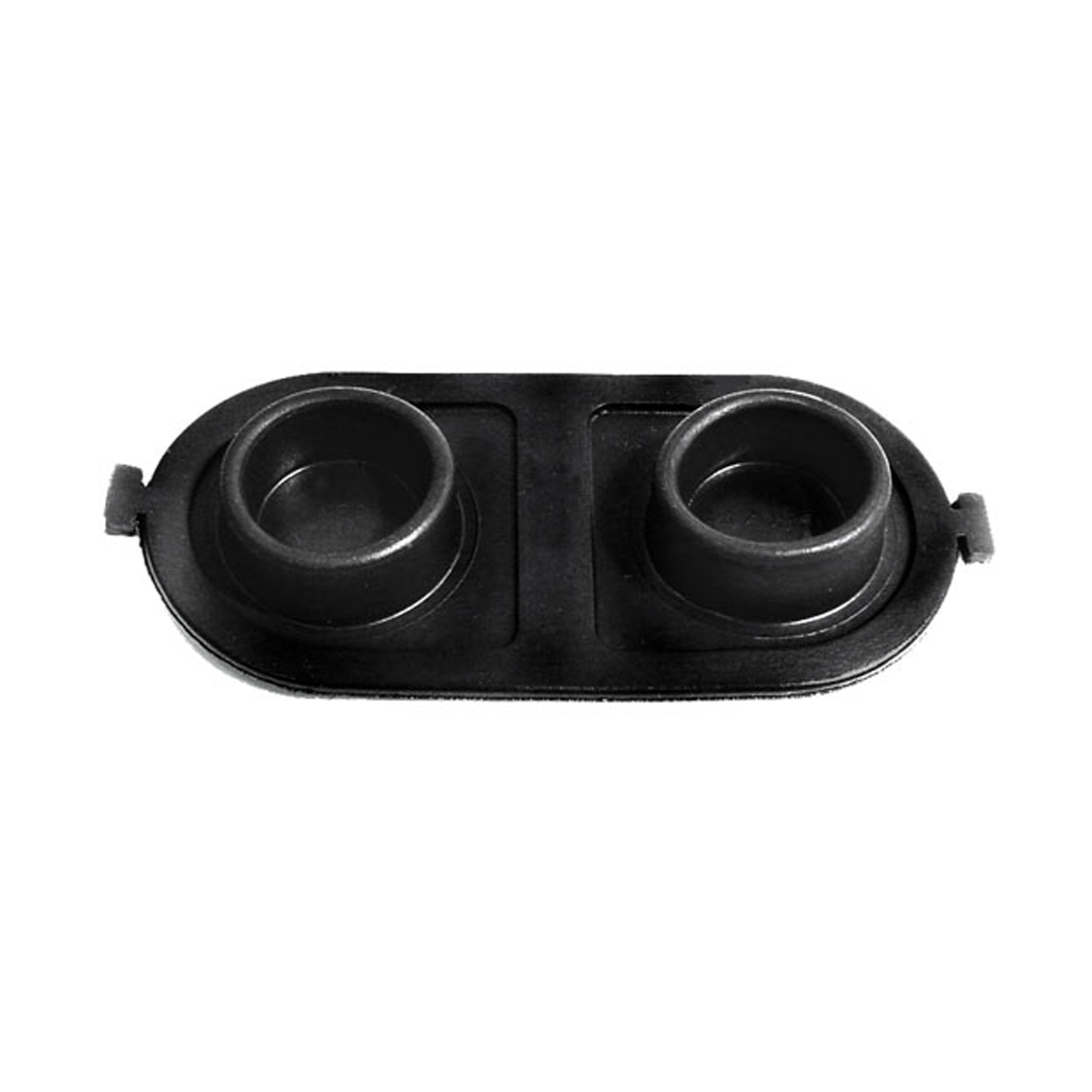 1967 Pontiac GTO Brake Master Cylinder Cover Seal. Replaces OEM #5470861-RP 2-EBrake Master Cylinder Cover Seal. Replaces OEM #5470861. 5" X 2-1/2". Each
1967 Pontiac GTO Brake Master Cylinder Cover Seal. Replaces OEM #5470861-RP 2-EBrake Master Cylinder Cover Seal. Replaces OEM #5470861. 5" X 2-1/2". Each 1967 Pontiac GTO Sun Visor Support Sleeve. Clear plastic. Each-RP 303-ASun Visor Support Sleeve. Clear plastic. Each
1967 Pontiac GTO Sun Visor Support Sleeve. Clear plastic. Each-RP 303-ASun Visor Support Sleeve. Clear plastic. Each 1967 Pontiac GTO Sun Visor Rod Rubber Grommet. 3/4" long. Gray. Each-RP 303-CSun Visor Rod Rubber Grommet. 3/4" long. Gray. Each
1967 Pontiac GTO Sun Visor Rod Rubber Grommet. 3/4" long. Gray. Each-RP 303-CSun Visor Rod Rubber Grommet. 3/4" long. Gray. Each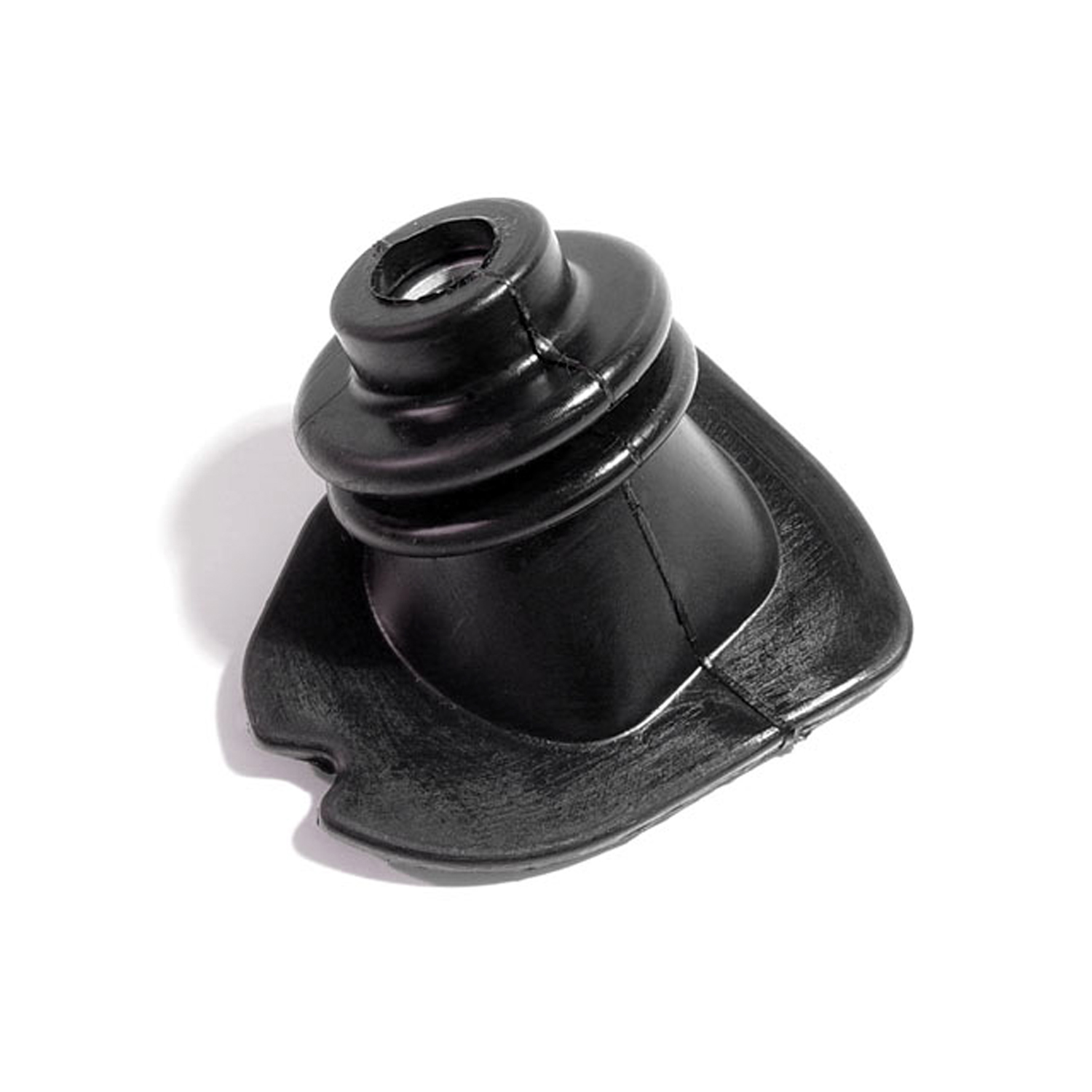 1967 Pontiac GTO Clutch Rod Bellows-RP 31-CClutch Rod Bellows. Bolts on to firewall where clutch rod passes through. Each
1967 Pontiac GTO Clutch Rod Bellows-RP 31-CClutch Rod Bellows. Bolts on to firewall where clutch rod passes through. Each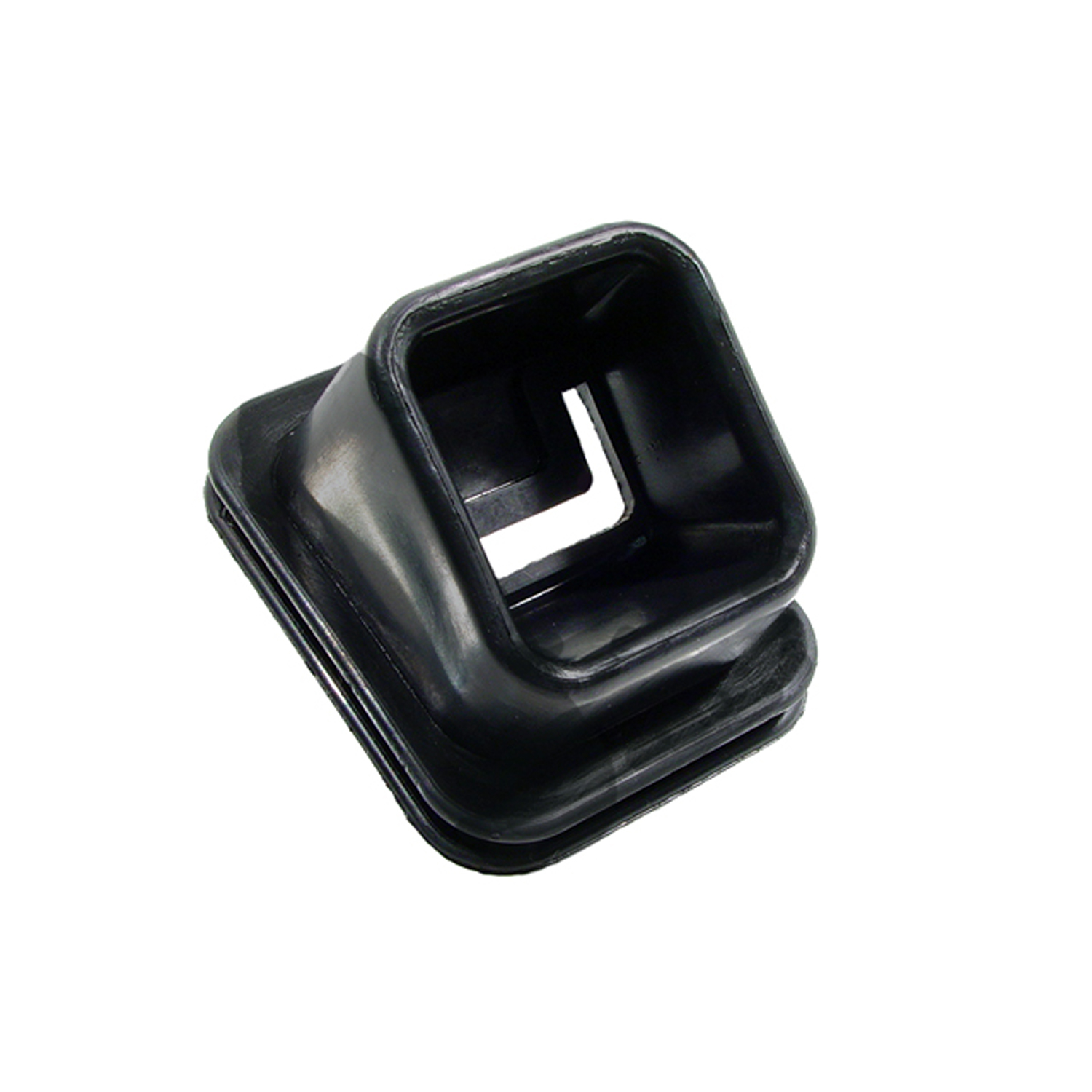 1967 Pontiac GTO Clutch Arm Fork Boot. Fits on bell housing to keep dirt out-RP 31-DClutch Arm Fork Boot. Fits on bell housing to keep dirt out. Each
1967 Pontiac GTO Clutch Arm Fork Boot. Fits on bell housing to keep dirt out-RP 31-DClutch Arm Fork Boot. Fits on bell housing to keep dirt out. Each 1967 Pontiac GTO Shift Boot. For models with console. 4-1/8" X 5". Each-RP 33-OShift Boot. For models with console. 4-1/8" X 5". Each
1967 Pontiac GTO Shift Boot. For models with console. 4-1/8" X 5". Each-RP 33-OShift Boot. For models with console. 4-1/8" X 5". Each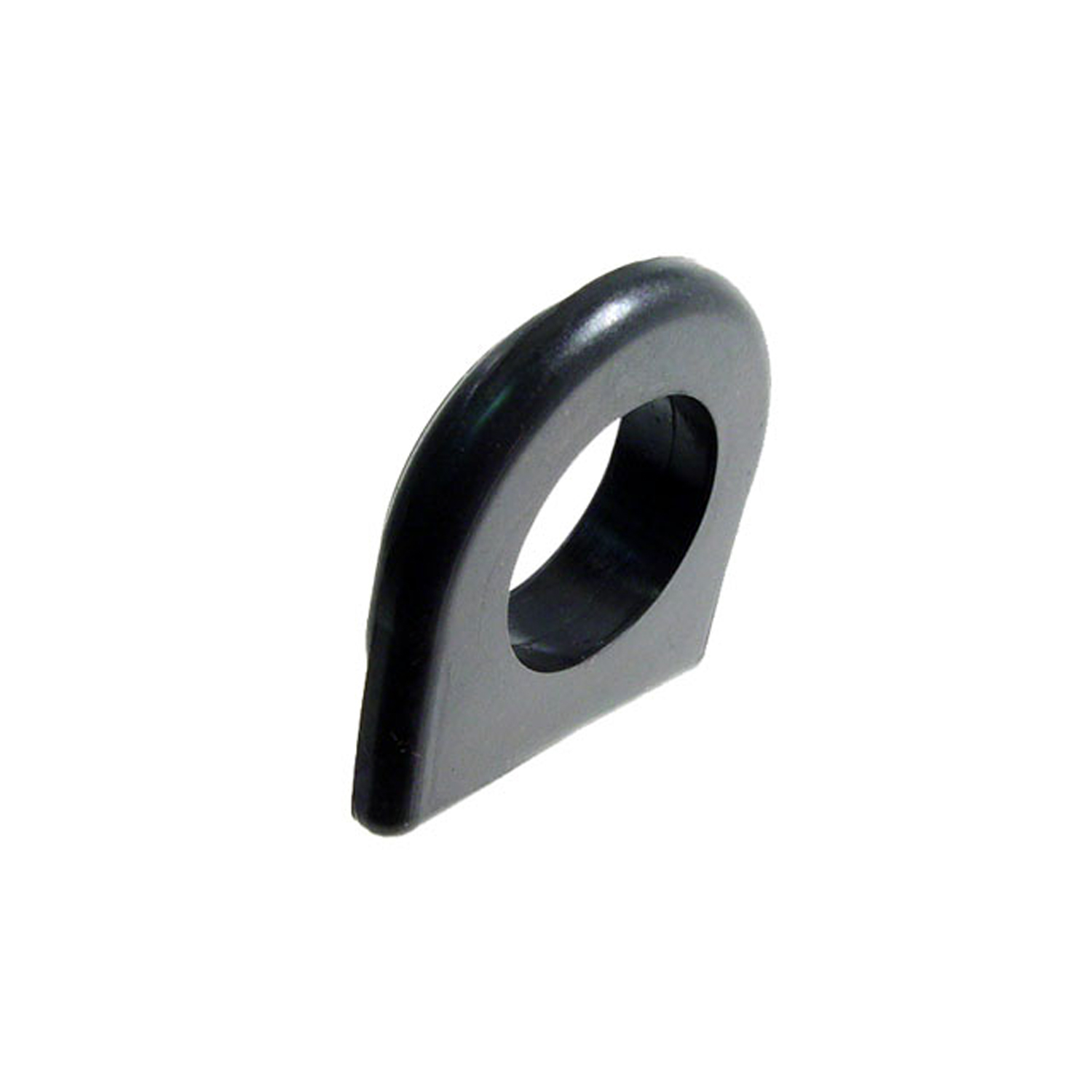 1967 Pontiac GTO Positive Crankcase Ventilation Grommet-RP 9Positive Crankcase Ventilation Grommet. 11/16" wide X 1-5/8" long, with 15/16" I.D. (Fits some models) Each
1967 Pontiac GTO Positive Crankcase Ventilation Grommet-RP 9Positive Crankcase Ventilation Grommet. 11/16" wide X 1-5/8" long, with 15/16" I.D. (Fits some models) Each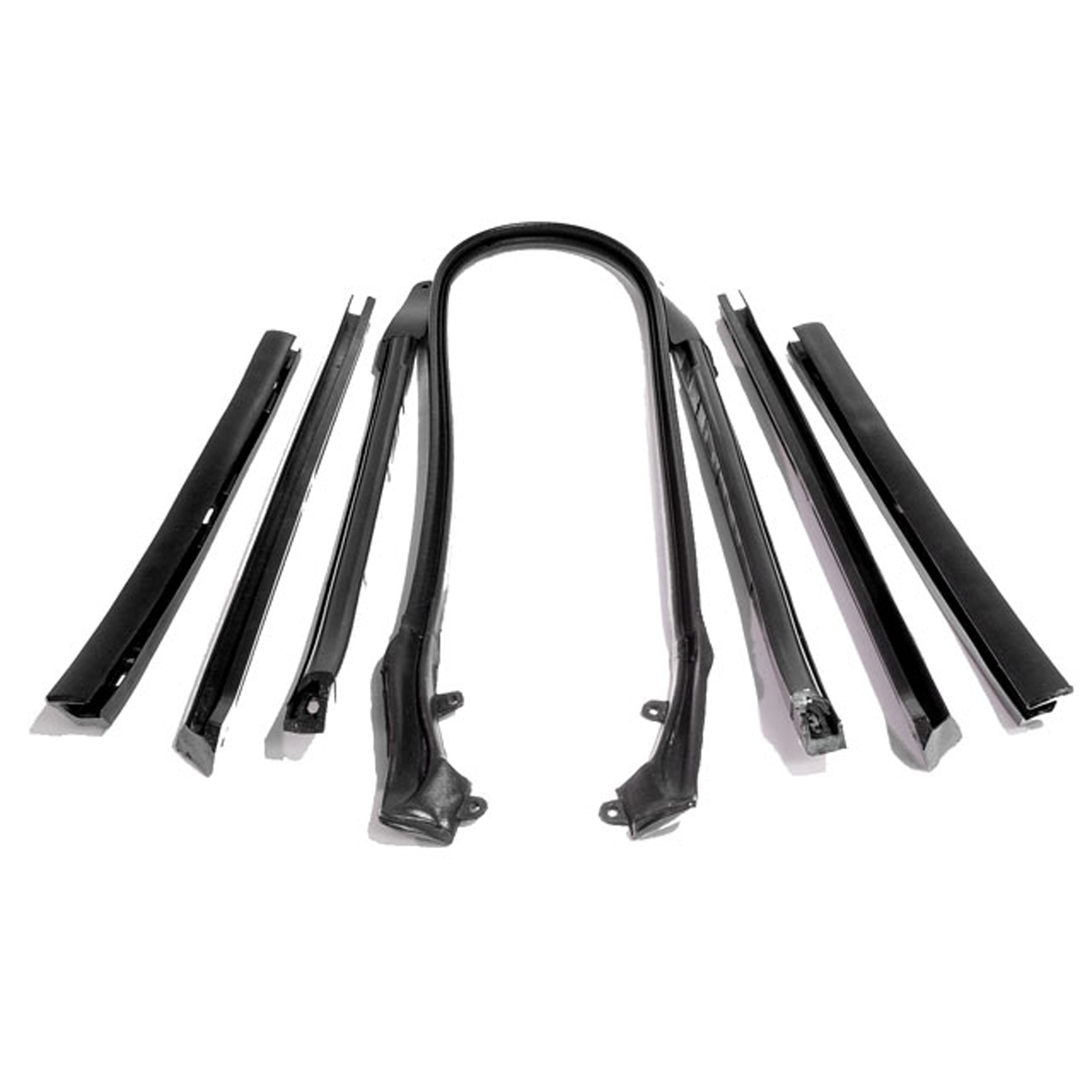 1967 Pontiac GTO Convertible Top Rail Kit-RR 1609Convertible Top Rail Kit. 7-Piece set includes all right and left side top rail seals and windshield top header seal (HD 729).
1967 Pontiac GTO Convertible Top Rail Kit-RR 1609Convertible Top Rail Kit. 7-Piece set includes all right and left side top rail seals and windshield top header seal (HD 729). 1967 Pontiac GTO Molded Roof Rail Seals for 2-Door Hardtop Only. Pair R&L-RR 5001Molded Roof Rail Seals for 2-Door Hardtop Only. Pair R&L
1967 Pontiac GTO Molded Roof Rail Seals for 2-Door Hardtop Only. Pair R&L-RR 5001Molded Roof Rail Seals for 2-Door Hardtop Only. Pair R&L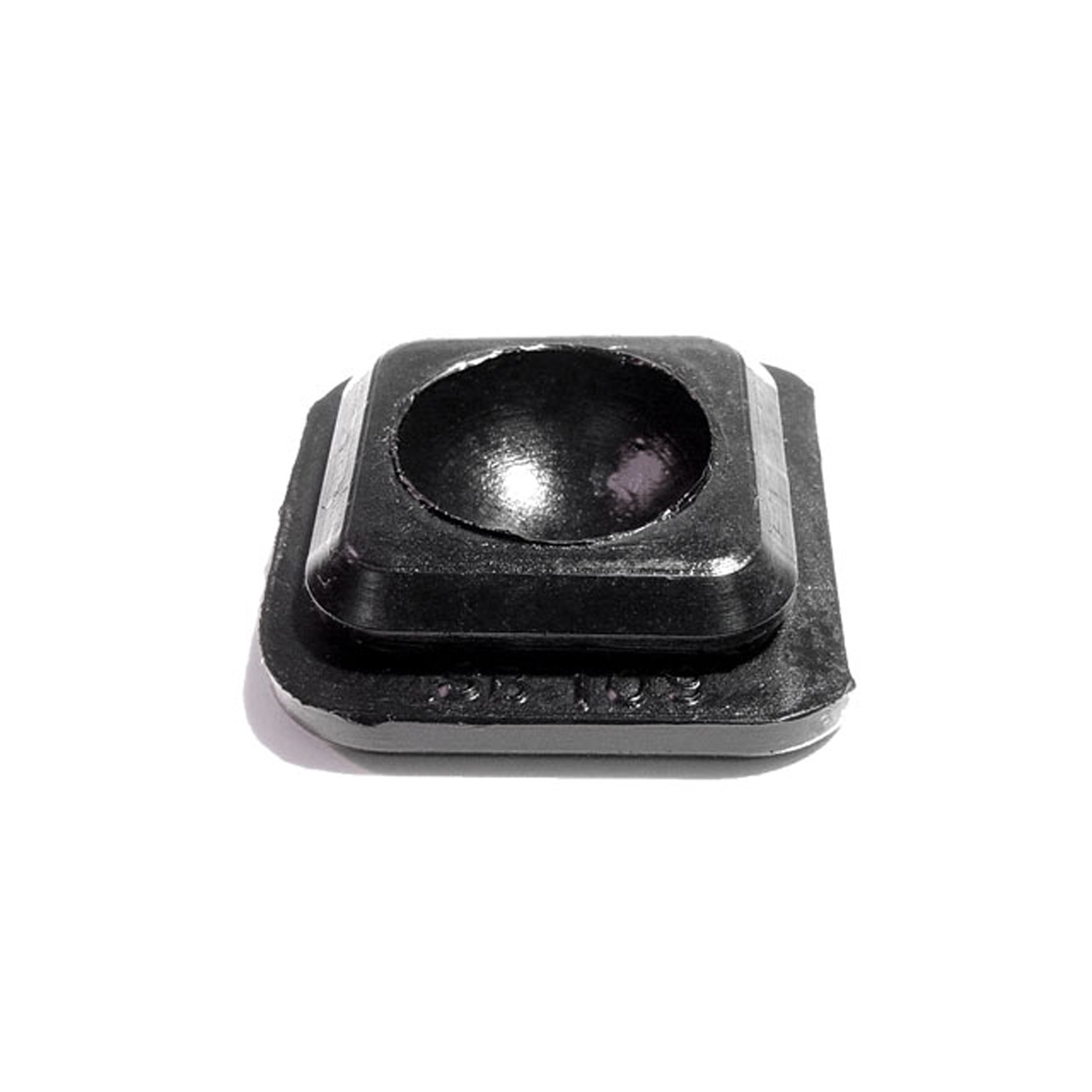 1967 Pontiac GTO Air Cleaner Tub or Pan Plug. Made of rubber-SB 109Air Cleaner Tub or Pan Plug. Made of rubber. 1-5/16" X 3/8". Each
1967 Pontiac GTO Air Cleaner Tub or Pan Plug. Made of rubber-SB 109Air Cleaner Tub or Pan Plug. Made of rubber. 1-5/16" X 3/8". Each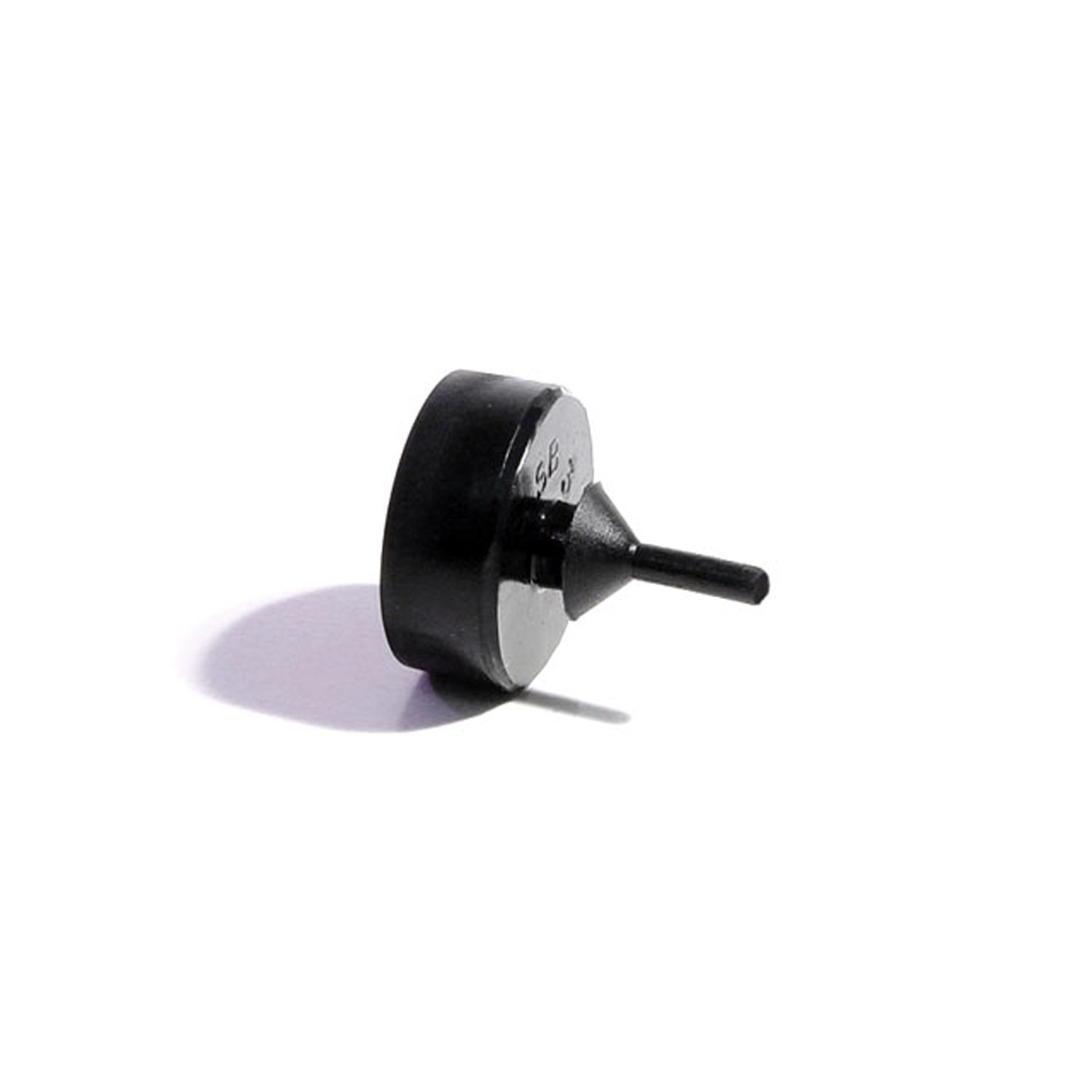 1967 Pontiac GTO Trunk Bumper. Fits lower corner on decklid. 15/16" O.D-SB 34Trunk Bumper. Fits lower corner on decklid. 15/16" O.D., 11/16" high. Each
1967 Pontiac GTO Trunk Bumper. Fits lower corner on decklid. 15/16" O.D-SB 34Trunk Bumper. Fits lower corner on decklid. 15/16" O.D., 11/16" high. Each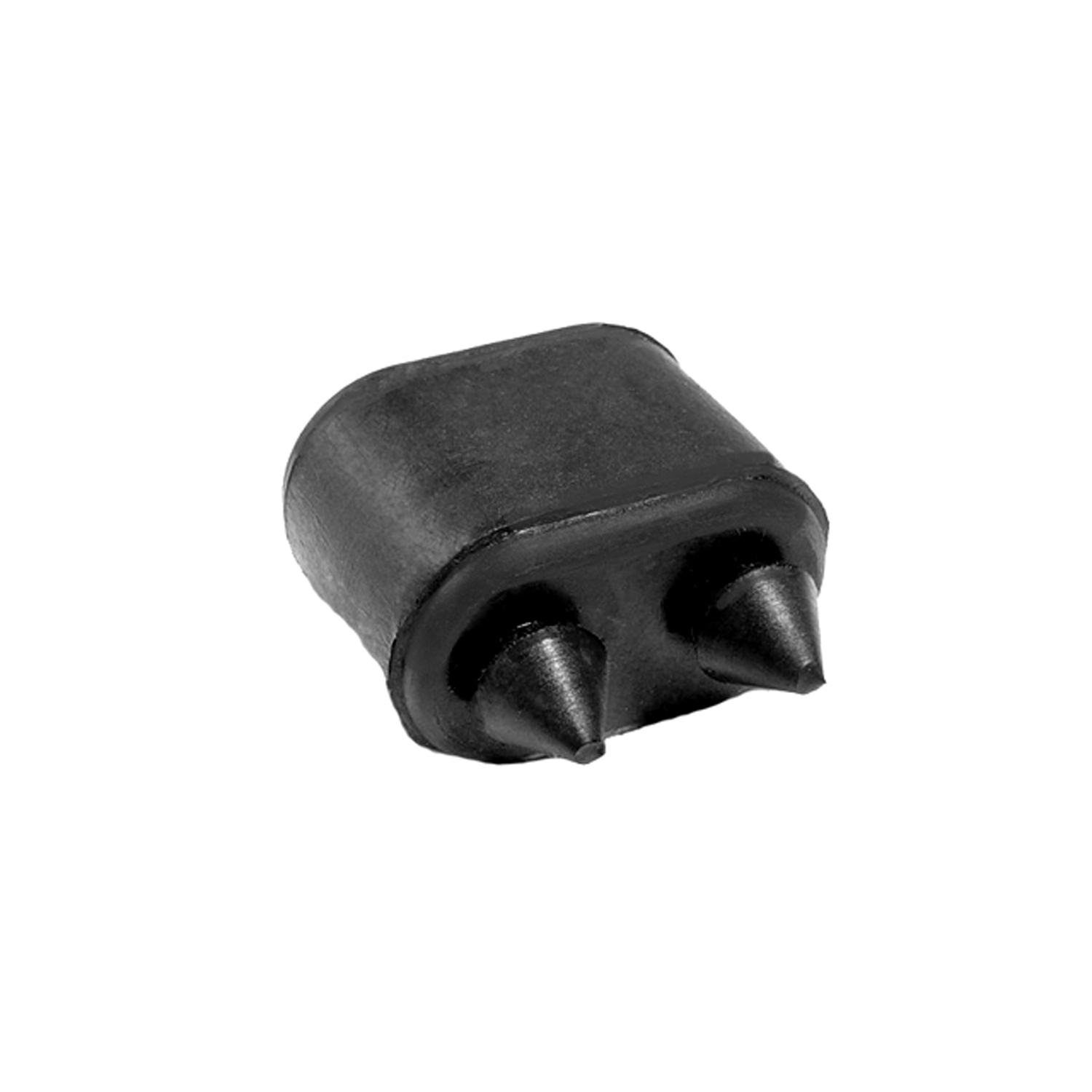 1967 Pontiac GTO Door Bumper, 57-74 GM Cars, Made with Twin Retainers, Each-SB 35Door Bumper, 57-74 GM Cars, made with twin retainers, Each. Measure 1-1/16" high X 19/32" wide X 1-1/32" long.
1967 Pontiac GTO Door Bumper, 57-74 GM Cars, Made with Twin Retainers, Each-SB 35Door Bumper, 57-74 GM Cars, made with twin retainers, Each. Measure 1-1/16" high X 19/32" wide X 1-1/32" long.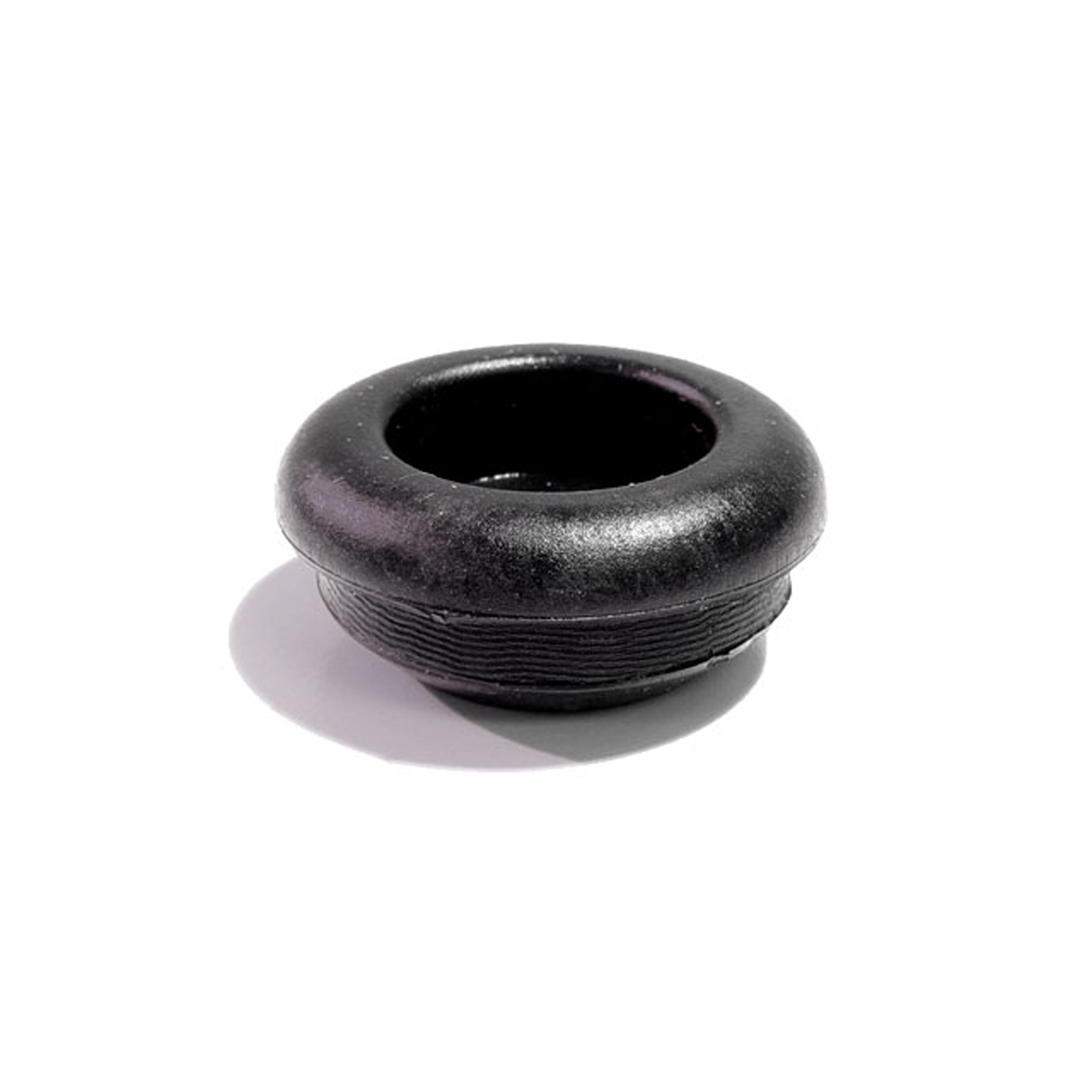 1967 Pontiac GTO Floor Plug. For under rear seat. Fits a 1" hole. Each-SB 48-AFloor Plug. For under rear seat. Fits a 1" hole. Each
1967 Pontiac GTO Floor Plug. For under rear seat. Fits a 1" hole. Each-SB 48-AFloor Plug. For under rear seat. Fits a 1" hole. Each 1967 Pontiac GTO Seat Bumper. Made with steel core like original-SB 62-ASeat Bumper. Made with steel core like original. 1-1/2" long, 7/16" thick. Two used per car. Each
1967 Pontiac GTO Seat Bumper. Made with steel core like original-SB 62-ASeat Bumper. Made with steel core like original. 1-1/2" long, 7/16" thick. Two used per car. Each 1967 Pontiac GTO Clutch Pedal Return Bumper-SB 64Clutch Pedal Return Bumper. 1-13/16" long X 13/16" wide X 7/8" high (center). Each
1967 Pontiac GTO Clutch Pedal Return Bumper-SB 64Clutch Pedal Return Bumper. 1-13/16" long X 13/16" wide X 7/8" high (center). Each 1967 Pontiac GTO Glove Box and Fuel Door Bumper. Fits 3/16" hole. Each-SB 78Glove Box and Fuel Door Bumper. Fits 3/16" hole. Each
1967 Pontiac GTO Glove Box and Fuel Door Bumper. Fits 3/16" hole. Each-SB 78Glove Box and Fuel Door Bumper. Fits 3/16" hole. Each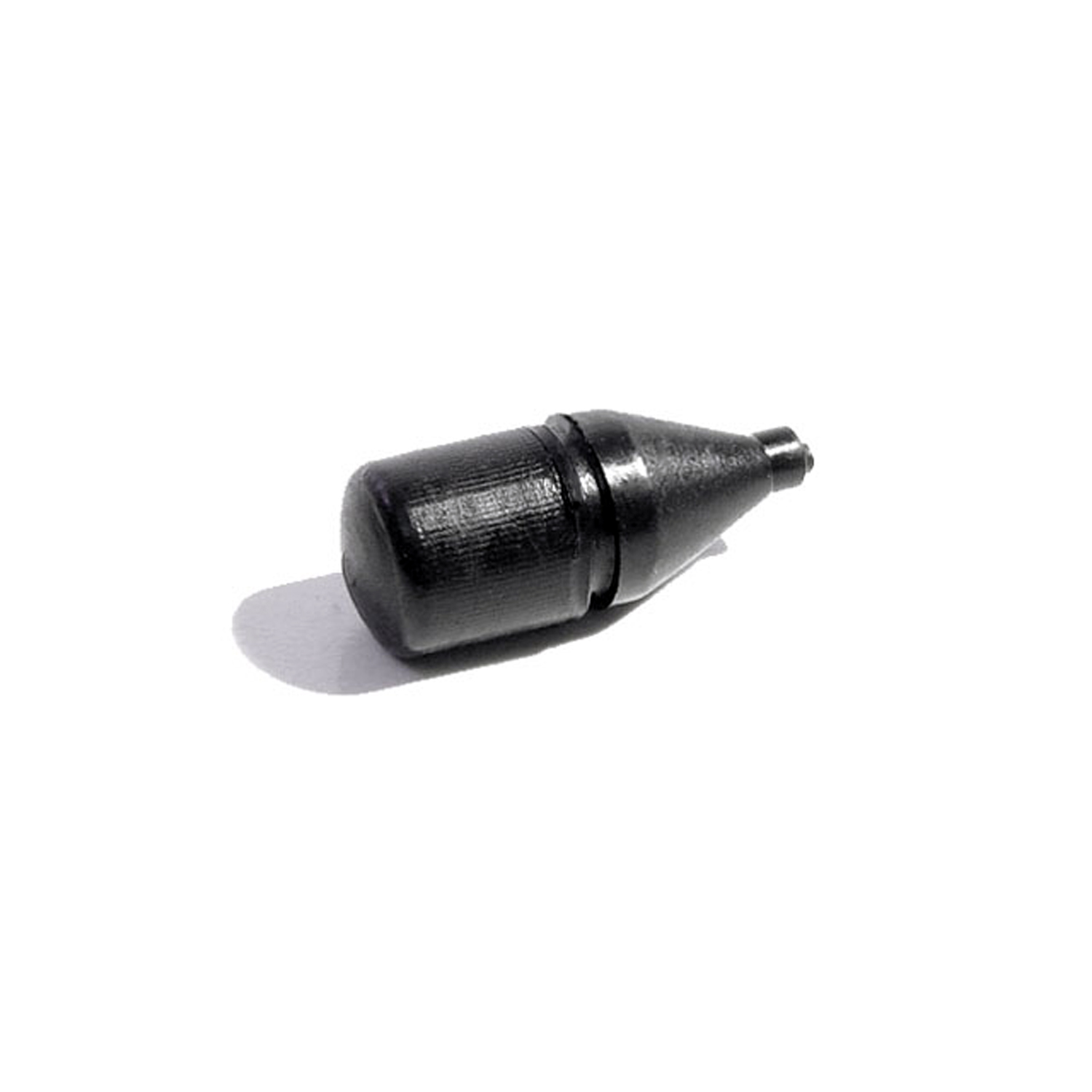 1967 Pontiac GTO Fuel Door Bumper. 7/8" high, 5/16" O.D. Each-SB 81Fuel Door Bumper. 7/8" high, 5/16" O.D. Each
1967 Pontiac GTO Fuel Door Bumper. 7/8" high, 5/16" O.D. Each-SB 81Fuel Door Bumper. 7/8" high, 5/16" O.D. Each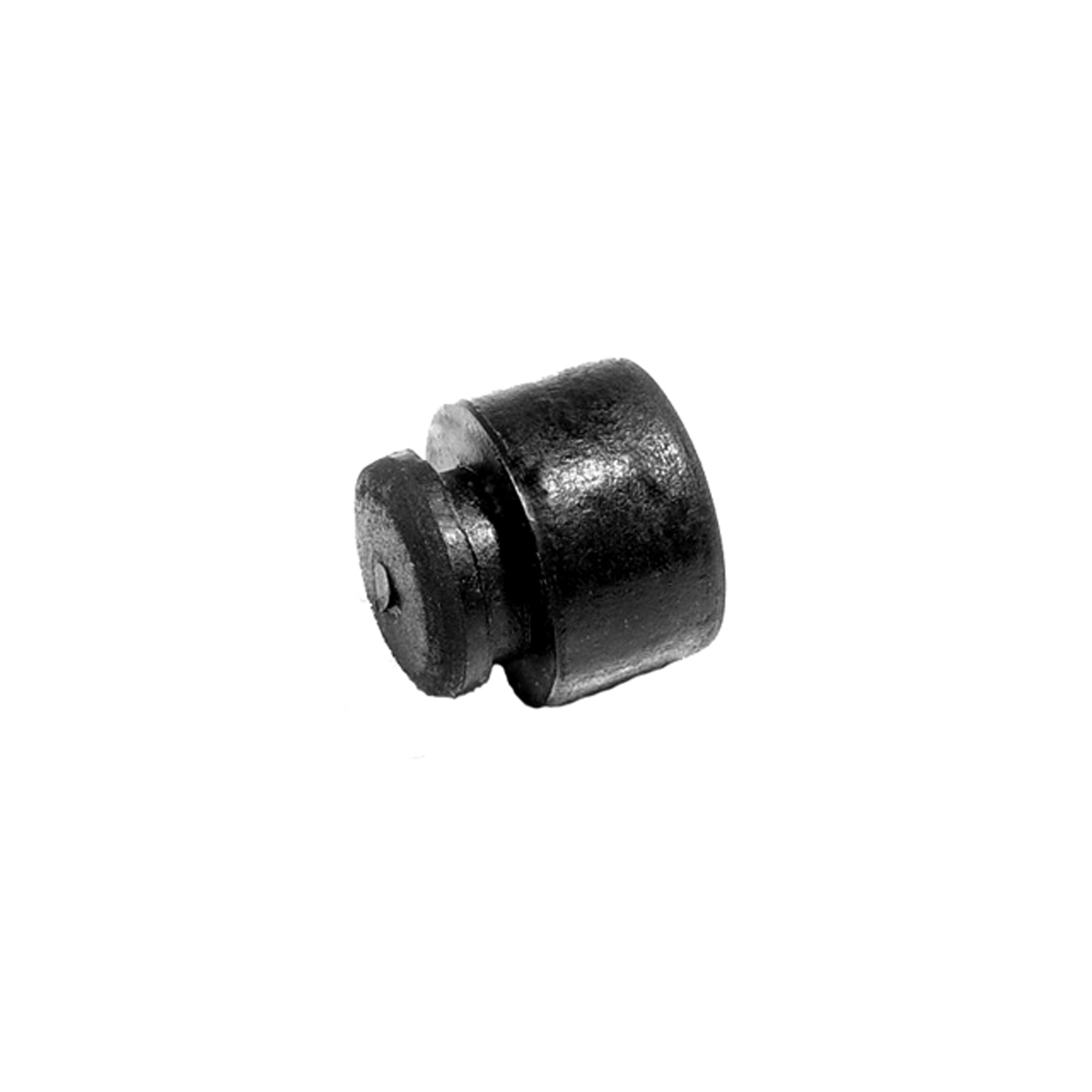 1967 Pontiac GTO License Plate Bumper. Fits a 1/4" hole. Each-SB 82License Plate Bumper. Fits a 1/4" hole. Each
1967 Pontiac GTO License Plate Bumper. Fits a 1/4" hole. Each-SB 82License Plate Bumper. Fits a 1/4" hole. Each 1967 Pontiac GTO Inner Splash Flaps. Made with cloth backing-SI 8100-101Inner Splash Flaps. Made with cloth backing. Used as dust and mud shield to keep engine compartments clean. Made from stiff rubber that is identical to original in composition, texture and color. 12" X 4" Pair
1967 Pontiac GTO Inner Splash Flaps. Made with cloth backing-SI 8100-101Inner Splash Flaps. Made with cloth backing. Used as dust and mud shield to keep engine compartments clean. Made from stiff rubber that is identical to original in composition, texture and color. 12" X 4" Pair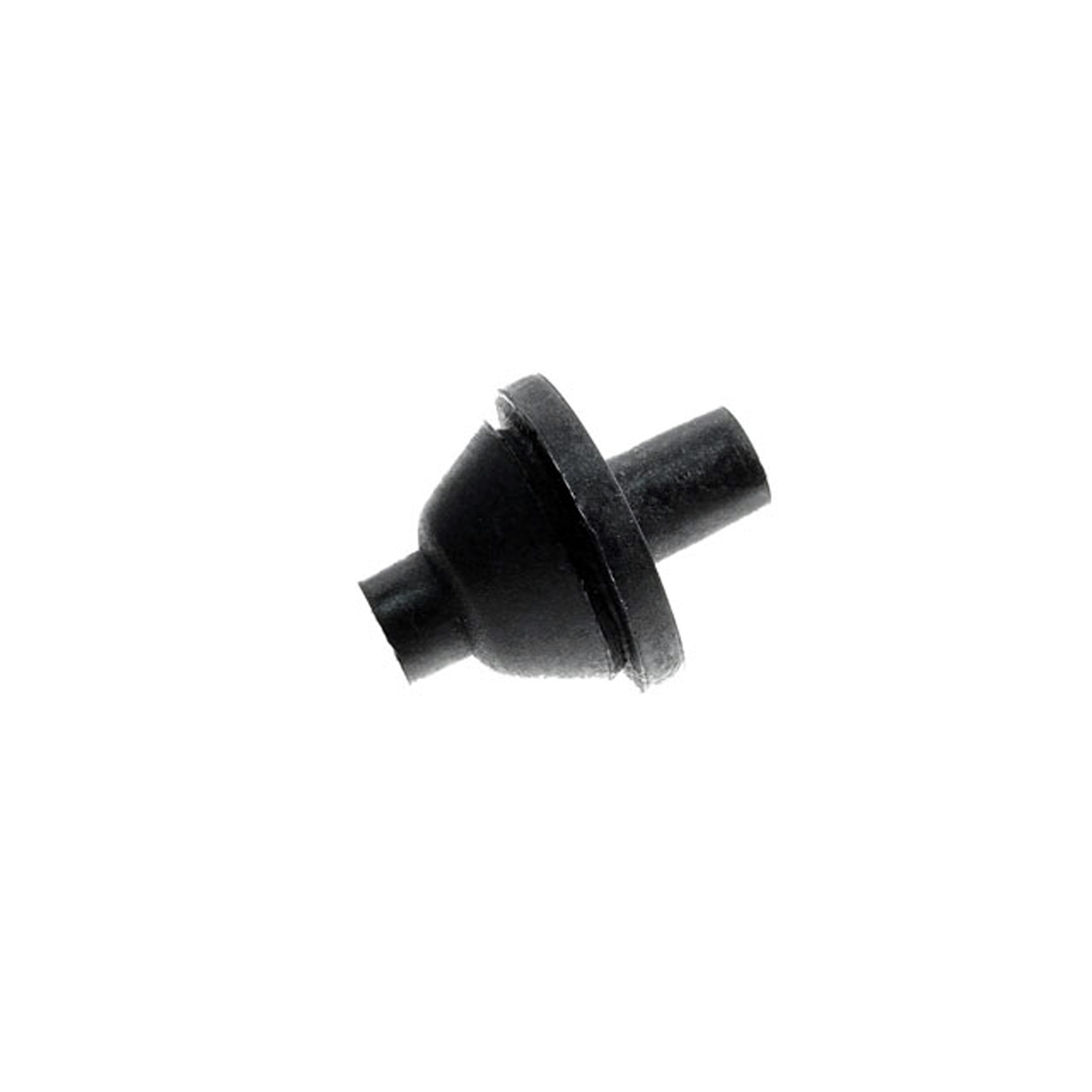 1967 Pontiac GTO Dash and Firewall Grommet. Single-hole type is for one wire-SM 101Dash and Firewall Grommet. Single-hole type is for one wire. Each
1967 Pontiac GTO Dash and Firewall Grommet. Single-hole type is for one wire-SM 101Dash and Firewall Grommet. Single-hole type is for one wire. Each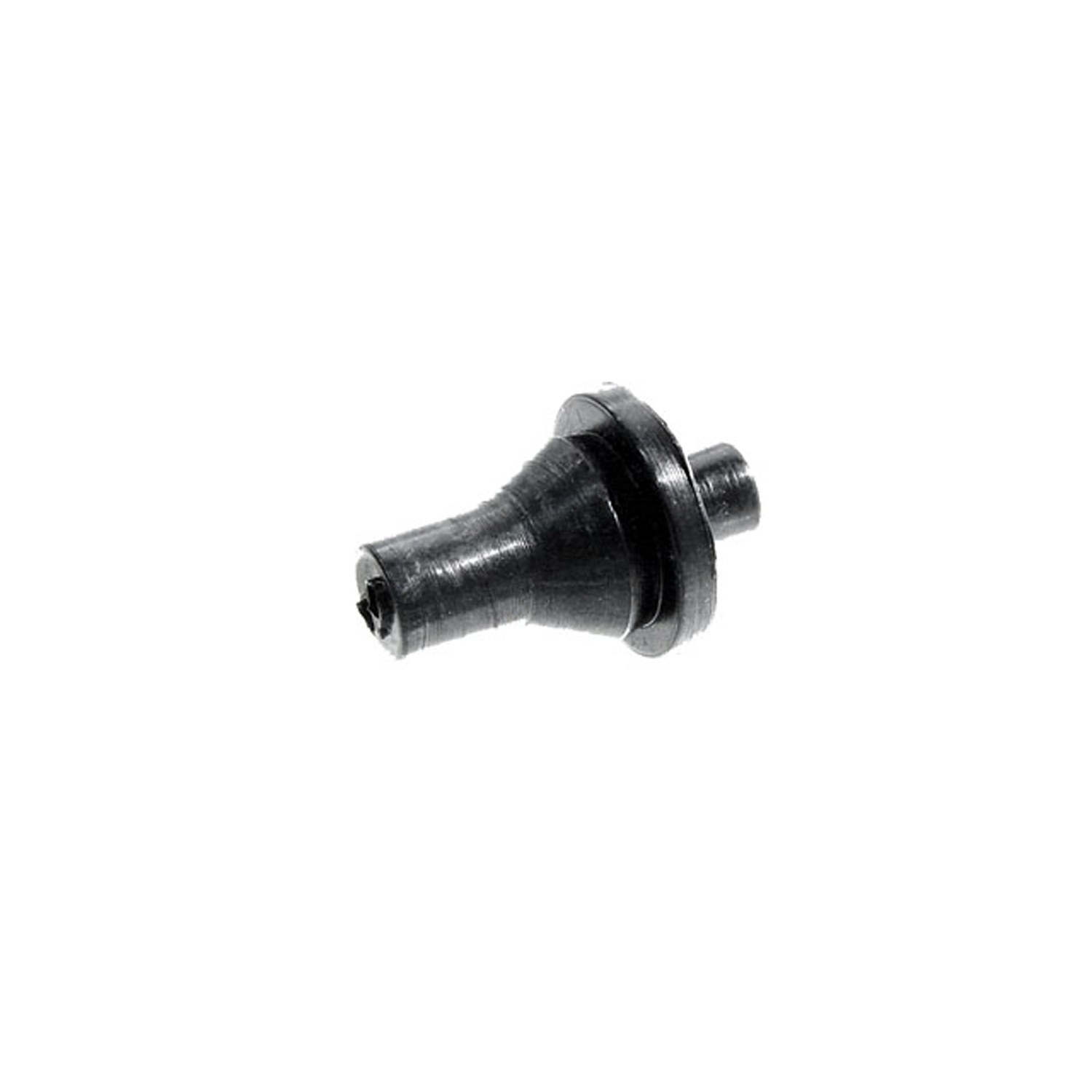 1967 Pontiac GTO Dash and Firewall Grommet. Two hole type. Each-SM 101-ADash and Firewall Grommet. Two hole type. Each
1967 Pontiac GTO Dash and Firewall Grommet. Two hole type. Each-SM 101-ADash and Firewall Grommet. Two hole type. Each 1967 Pontiac GTO Rocker Arm Cover. Neoprene plug. Fits 1" hole. Each-SM 66Rocker Arm Cover. Neoprene plug. Fits 1" hole. Each
1967 Pontiac GTO Rocker Arm Cover. Neoprene plug. Fits 1" hole. Each-SM 66Rocker Arm Cover. Neoprene plug. Fits 1" hole. Each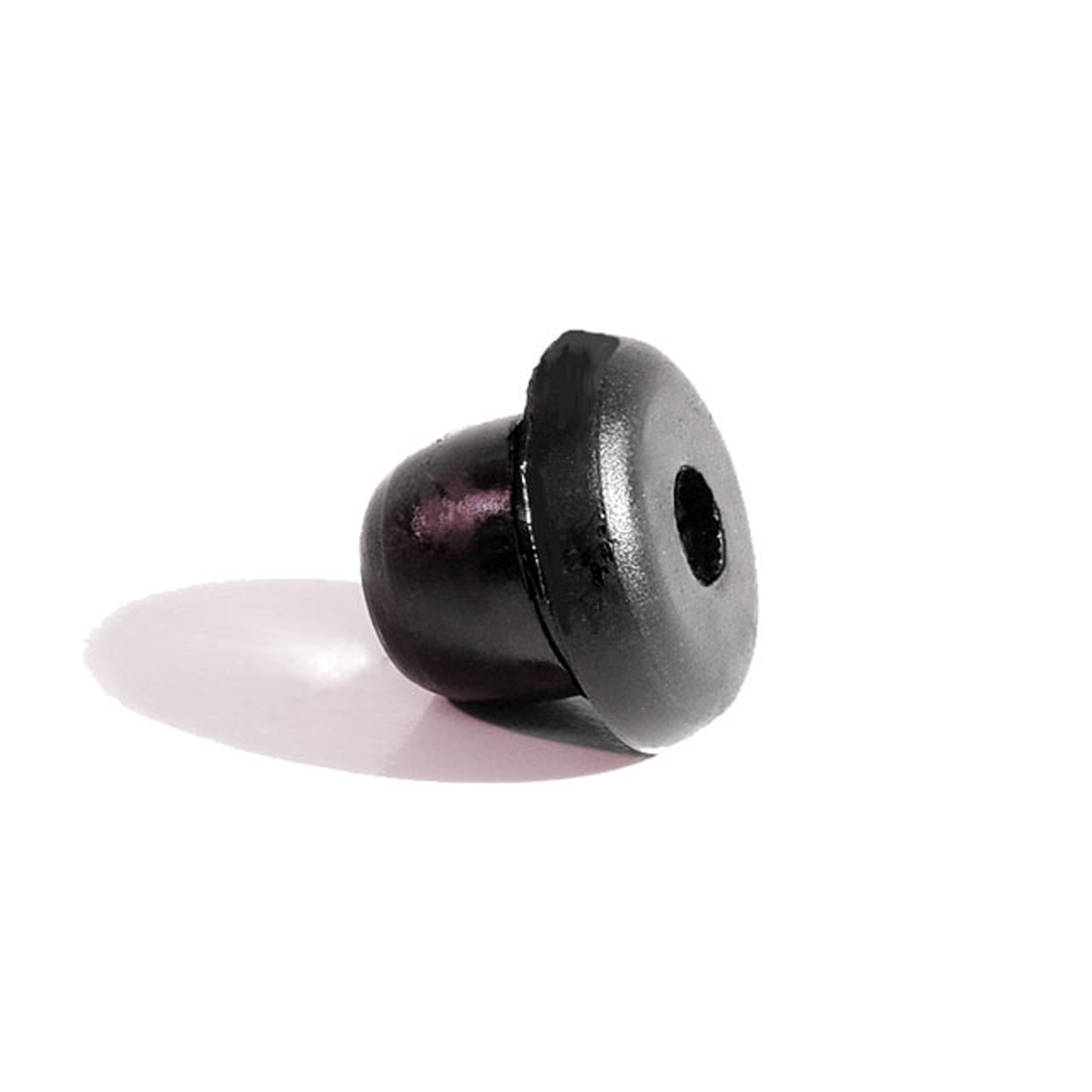 1967 Pontiac GTO Antenna Lead Firewall Grommet-SM 71-AAntenna Lead Firewall Grommet. Fits a 9/16" hole and has a 7/32" center hole. Each
1967 Pontiac GTO Antenna Lead Firewall Grommet-SM 71-AAntenna Lead Firewall Grommet. Fits a 9/16" hole and has a 7/32" center hole. Each 1967 Pontiac GTO Firewall insulation fastener. 1 in. dia. W head. 1-1/2 in. L-SM 80-AFirewall insulation fastener. 1 in. dia. W head. 1-1/2 in. L. Replaces OEM#'s (GM) 7642589 and (AMC) 4001934. Black. Each.
1967 Pontiac GTO Firewall insulation fastener. 1 in. dia. W head. 1-1/2 in. L-SM 80-AFirewall insulation fastener. 1 in. dia. W head. 1-1/2 in. L. Replaces OEM#'s (GM) 7642589 and (AMC) 4001934. Black. Each. 1967 Pontiac GTO Trunk Seal. 16 feet long. Each-TK 46-16Trunk Seal. 16 feet long. Each
1967 Pontiac GTO Trunk Seal. 16 feet long. Each-TK 46-16Trunk Seal. 16 feet long. Each 1967 Pontiac GTO Trunk Mat-TM 8101Trunk Mat. High quality reproduction, made specific for vehicle. Made of rubber like original. Each
1967 Pontiac GTO Trunk Mat-TM 8101Trunk Mat. High quality reproduction, made specific for vehicle. Made of rubber like original. Each 1967 Pontiac GTO Unbeaded Door and Trunk Lock Gasket. 1-3/16" O.D., 7/8" I.D-UM 1600-100Unbeaded Door and Trunk Lock Gasket. 1-3/16" O.D., 7/8" I.D. Each
1967 Pontiac GTO Unbeaded Door and Trunk Lock Gasket. 1-3/16" O.D., 7/8" I.D-UM 1600-100Unbeaded Door and Trunk Lock Gasket. 1-3/16" O.D., 7/8" I.D. Each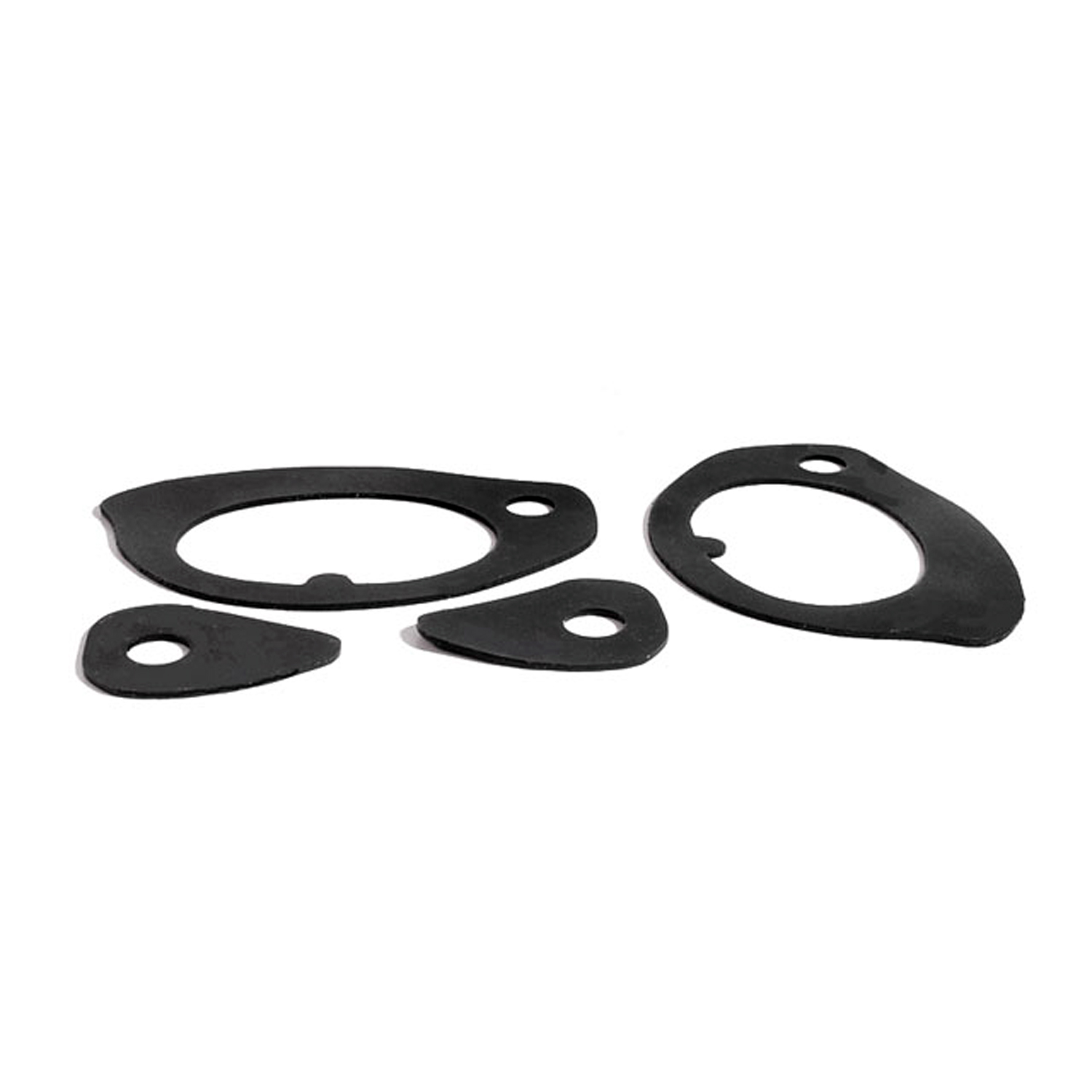 1967 Pontiac GTO Unbeaded Door Handle Mounting Pads. 4-Piece Set-UM 2005-100Unbeaded Door Handle Mounting Pads. 4-Piece Set
1967 Pontiac GTO Unbeaded Door Handle Mounting Pads. 4-Piece Set-UM 2005-100Unbeaded Door Handle Mounting Pads. 4-Piece Set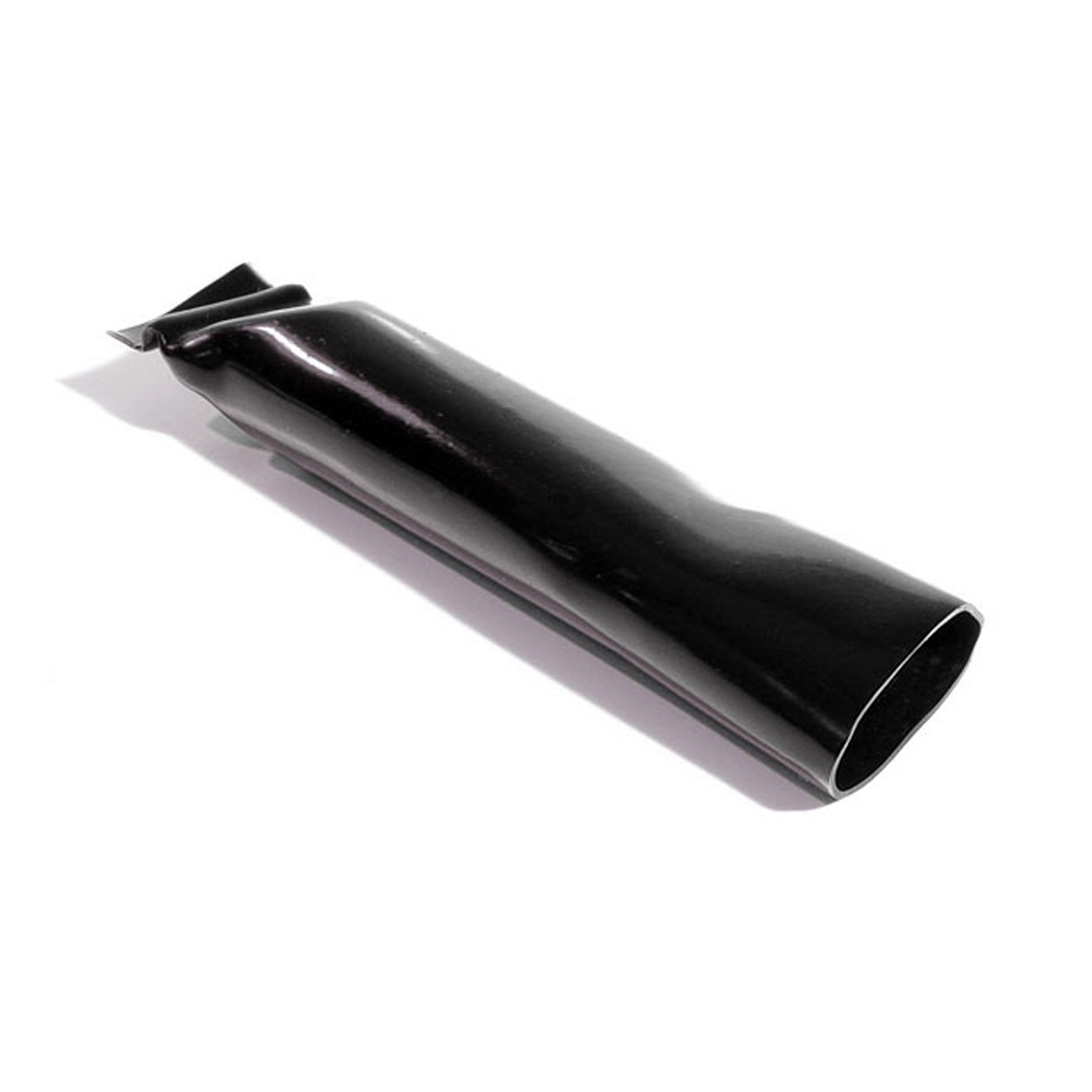 1967 Pontiac GTO Air Conditioning Evaporation Drain Tube. 6-7/8" long-VH 102-GAir Conditioning Evaporation Drain Tube. 6-7/8" long. Each
1967 Pontiac GTO Air Conditioning Evaporation Drain Tube. 6-7/8" long-VH 102-GAir Conditioning Evaporation Drain Tube. 6-7/8" long. Each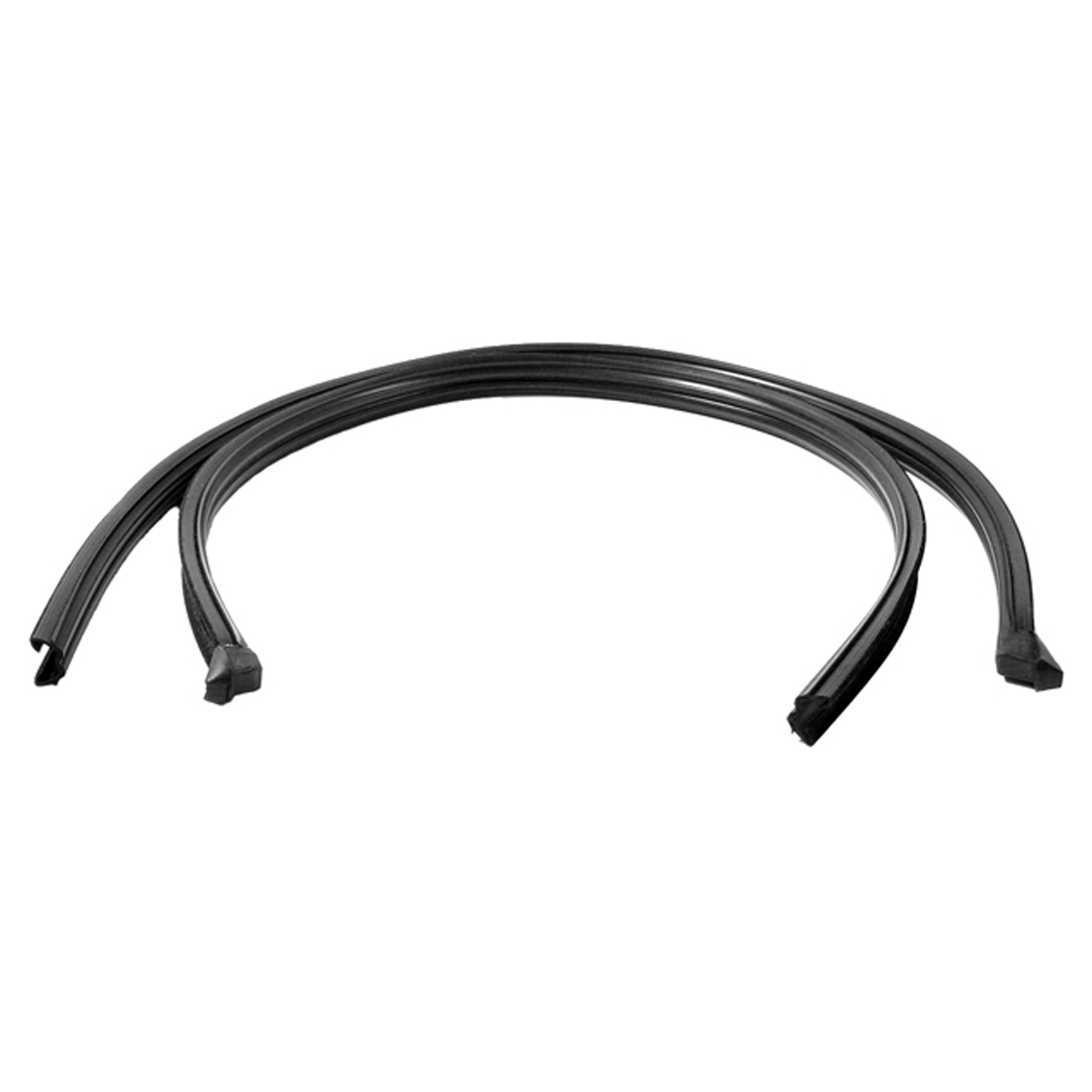 1967 Pontiac GTO Vertical glass run channel-VR 2009Vertical glass run channel. Fits in division bar channel between front vent window and leading edge of window glass in door. 37 in. long. Pair.
1967 Pontiac GTO Vertical glass run channel-VR 2009Vertical glass run channel. Fits in division bar channel between front vent window and leading edge of window glass in door. 37 in. long. Pair.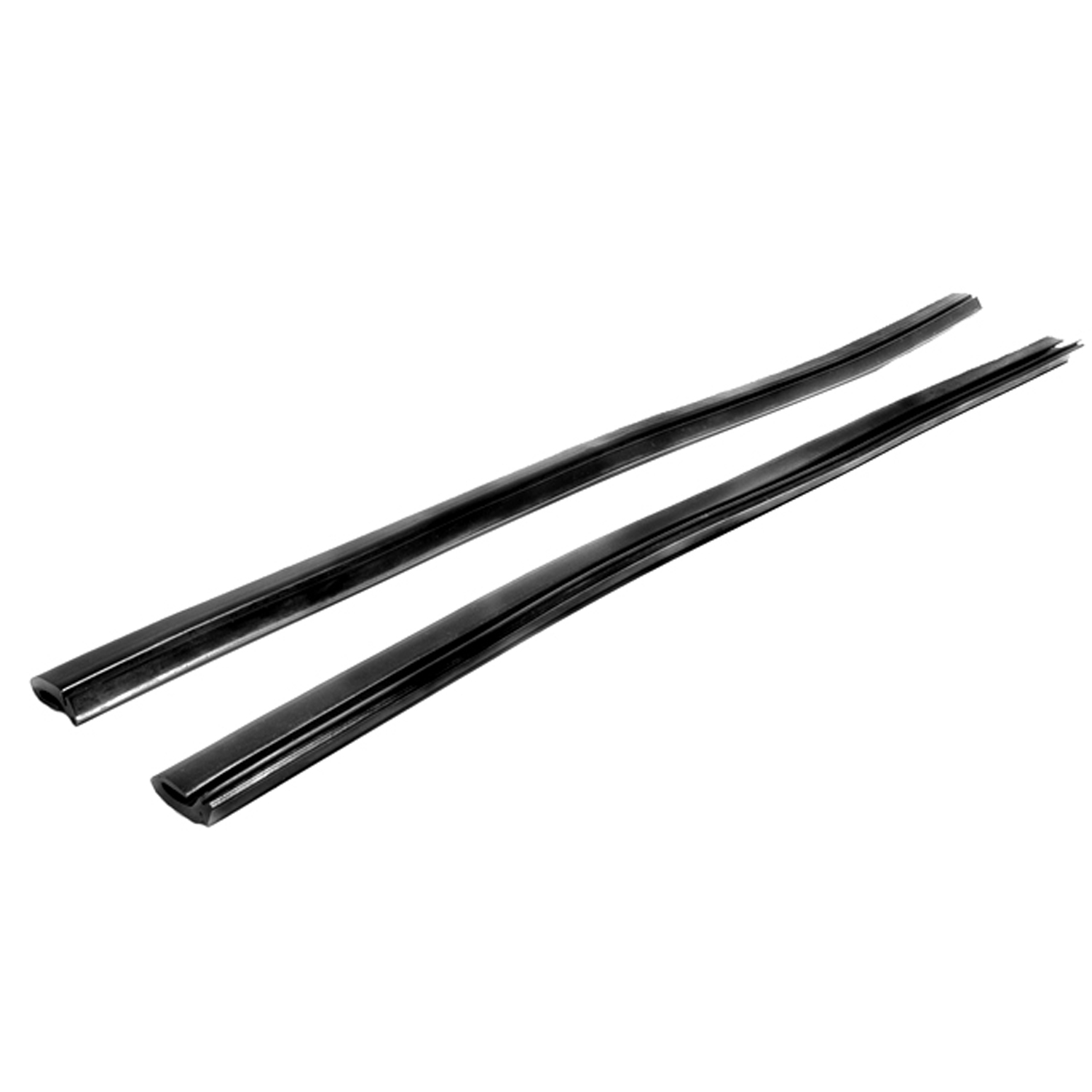 1967 Pontiac GTO Rear Side Roll-Up Window Seal, for Hardtops and Convertibles-VS 3Rear Side Roll-Up Window Seal, for Hardtops and Convertibles. Two 20" sections slide into metal track. No steel insert. Pair
1967 Pontiac GTO Rear Side Roll-Up Window Seal, for Hardtops and Convertibles-VS 3Rear Side Roll-Up Window Seal, for Hardtops and Convertibles. Two 20" sections slide into metal track. No steel insert. Pair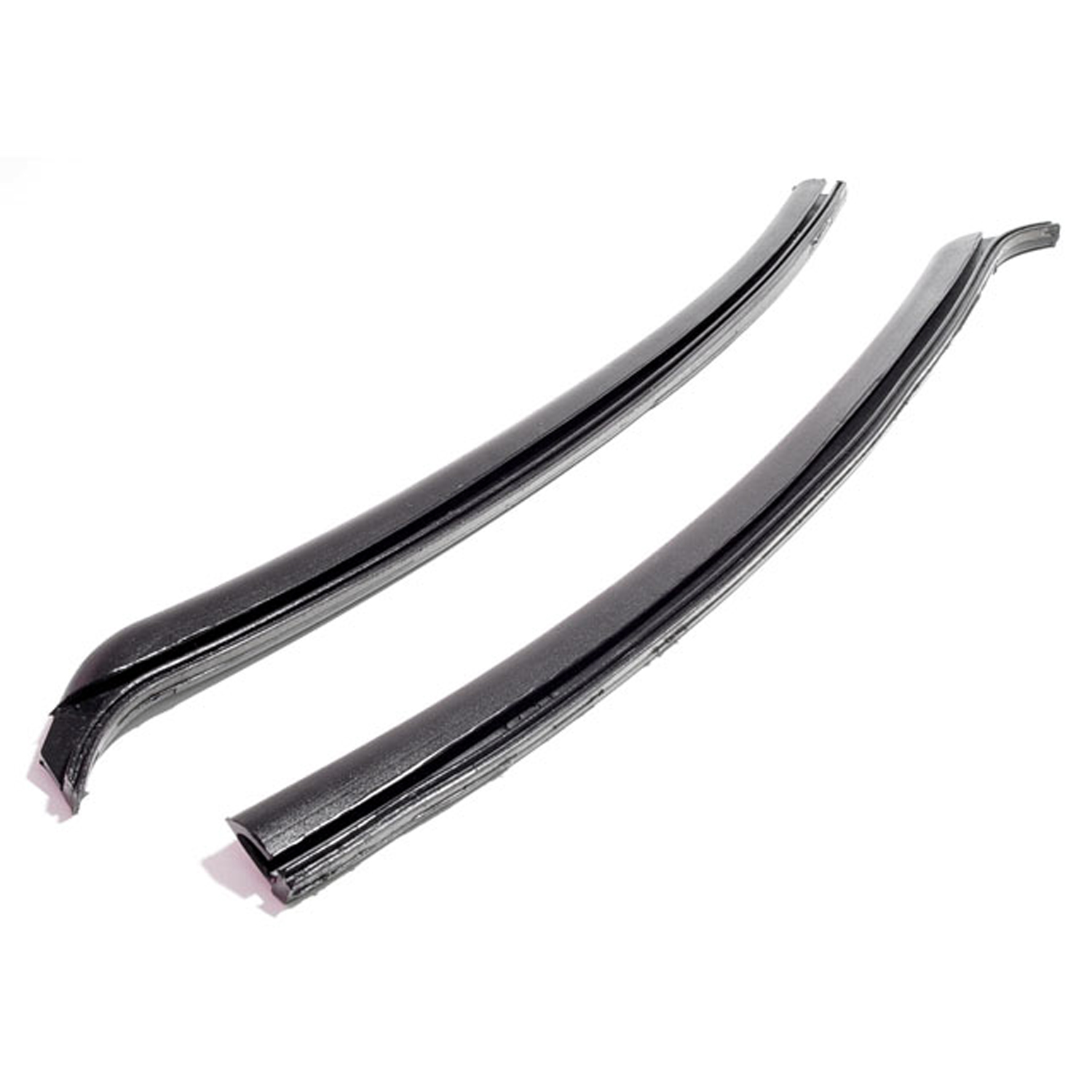 1967 Pontiac GTO Rear Roll-Up Window Seals-VS 3-LRear Roll-Up Window Seals, for 2-Door Hardtops and Convertibles. Pair
1967 Pontiac GTO Rear Roll-Up Window Seals-VS 3-LRear Roll-Up Window Seals, for 2-Door Hardtops and Convertibles. Pair 1967 Pontiac GTO Window Sweeper Kit Fits 66-67 Pontiac Lemans GTO 2 Door Hardtop 8 piece set-WC 8100-16Window Sweeper Kit Fits 66-67 Pontiac Lemans GTO 2 Door Hardtop 8 piece set. This eight (8) piece set includes inner and outer felt beltline weatherstrips for each side.
1967 Pontiac GTO Window Sweeper Kit Fits 66-67 Pontiac Lemans GTO 2 Door Hardtop 8 piece set-WC 8100-16Window Sweeper Kit Fits 66-67 Pontiac Lemans GTO 2 Door Hardtop 8 piece set. This eight (8) piece set includes inner and outer felt beltline weatherstrips for each side. 1967 Pontiac GTO Window Sweeper Kit Fits 66-67 Pontiac Lemans GTO Convertible 8 piece set-WC 8100-18Window Sweeper Kit Fits 66-67 Pontiac Lemans GTO Convertible 8 piece set. They come ready to install with finished ends and body curvature bends for a factory like appearance, and are made from original factory style material. This set includes the inner and outer seals for all side windows.
1967 Pontiac GTO Window Sweeper Kit Fits 66-67 Pontiac Lemans GTO Convertible 8 piece set-WC 8100-18Window Sweeper Kit Fits 66-67 Pontiac Lemans GTO Convertible 8 piece set. They come ready to install with finished ends and body curvature bends for a factory like appearance, and are made from original factory style material. This set includes the inner and outer seals for all side windows. 1967 Pontiac GTO Windshield Reveal Molding Clip. Made of steel-WF 203Windshield Reveal Molding Clip. Made of steel. 5/8" x 15/16". Each
1967 Pontiac GTO Windshield Reveal Molding Clip. Made of steel-WF 203Windshield Reveal Molding Clip. Made of steel. 5/8" x 15/16". Each 1967 Pontiac GTO Quarter Window Reveal Molding Clip. Made of Steel-WF 205Quarter Window Reveal Molding Clip. Made of Steel. 1-3/8" X 11/16". Each
1967 Pontiac GTO Quarter Window Reveal Molding Clip. Made of Steel-WF 205Quarter Window Reveal Molding Clip. Made of Steel. 1-3/8" X 11/16". Each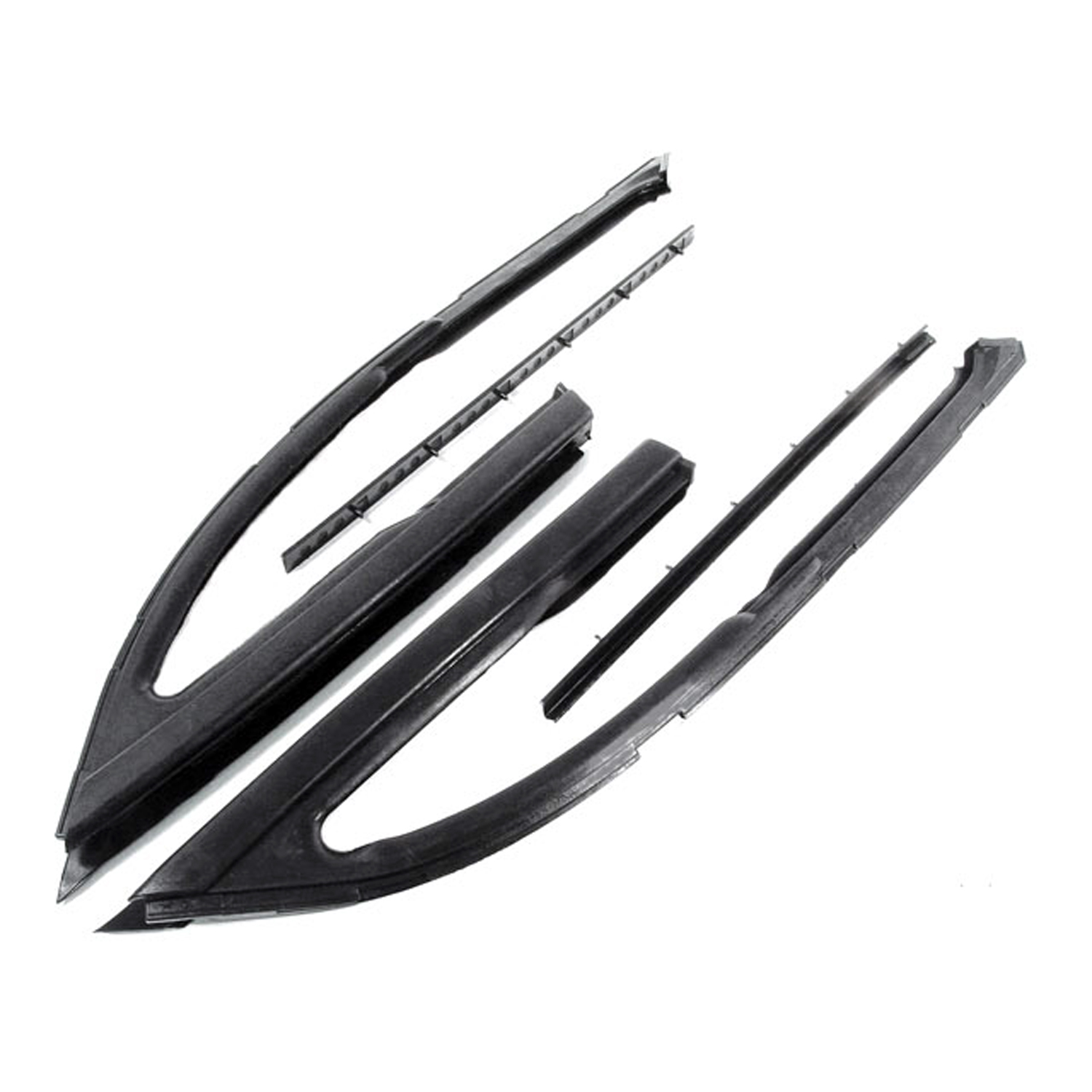 1967 Pontiac GTO Vent window seals. 2-door hardtop and convertible-WR 2009Vent window seals. 2-door hardtop and convertible. Replaces OEM#'s 9706596/7. Pair. R&L.
1967 Pontiac GTO Vent window seals. 2-door hardtop and convertible-WR 2009Vent window seals. 2-door hardtop and convertible. Replaces OEM#'s 9706596/7. Pair. R&L. 1967 Pontiac GTO Vent Window Seals. Fits 2-door sedan (coupe & sports coupe)-WR 2009-AVent Window Seals. Fits 2-door sedan (coupe & sports coupe). Pair
1967 Pontiac GTO Vent Window Seals. Fits 2-door sedan (coupe & sports coupe)-WR 2009-AVent Window Seals. Fits 2-door sedan (coupe & sports coupe). Pair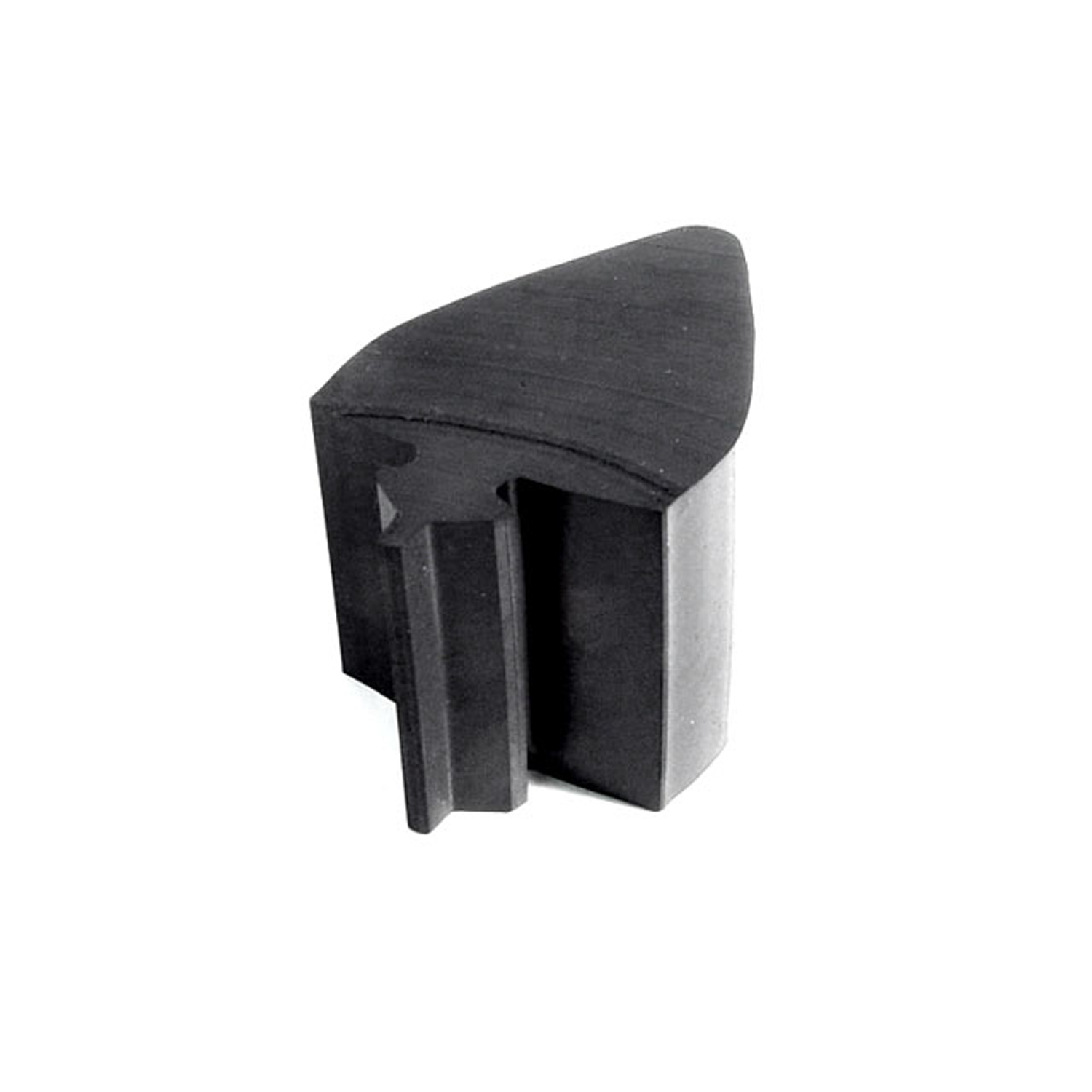 1967 Pontiac GTO Rear Axle Housing Bumper. Each-XB 33Rear Axle Housing Bumper. Each
1967 Pontiac GTO Rear Axle Housing Bumper. Each-XB 33Rear Axle Housing Bumper. EachWhy Choose Metro?
For over 100 years, Metro Moulded Parts has been the pinnacle of quality in classic car restoration parts. Our commitment to precision and authenticity in every component ensures a perfect fit and an OEM-level appearance.
- Expert Craftsmanship & Quality: Each part is a testament to our dedication to reliability and perfection, crafted from original designs and thoroughly tested.
- Advanced Technology: We use cutting-edge techniques to create flawless, long-lasting parts that surpass others in performance.
- SuperSoft Sponge – The Ultimate Door Seal: Not only are our door seals 30% softer than competitors', but they're also guaranteed to never leak. They effectively reduce wind and road noise, enhancing your classic car's comfort and driving experience.
- Proudly American: Our parts are a product of American craftsmanship, made in the USA with a spirit of excellence and heritage.
- Unrivaled Warranty: We back our products with a 30-year industry-leading warranty, a testament to our confidence in their quality.
Join us in preserving the legacy of classic cars with parts that are crafted for perfection, not just made.

